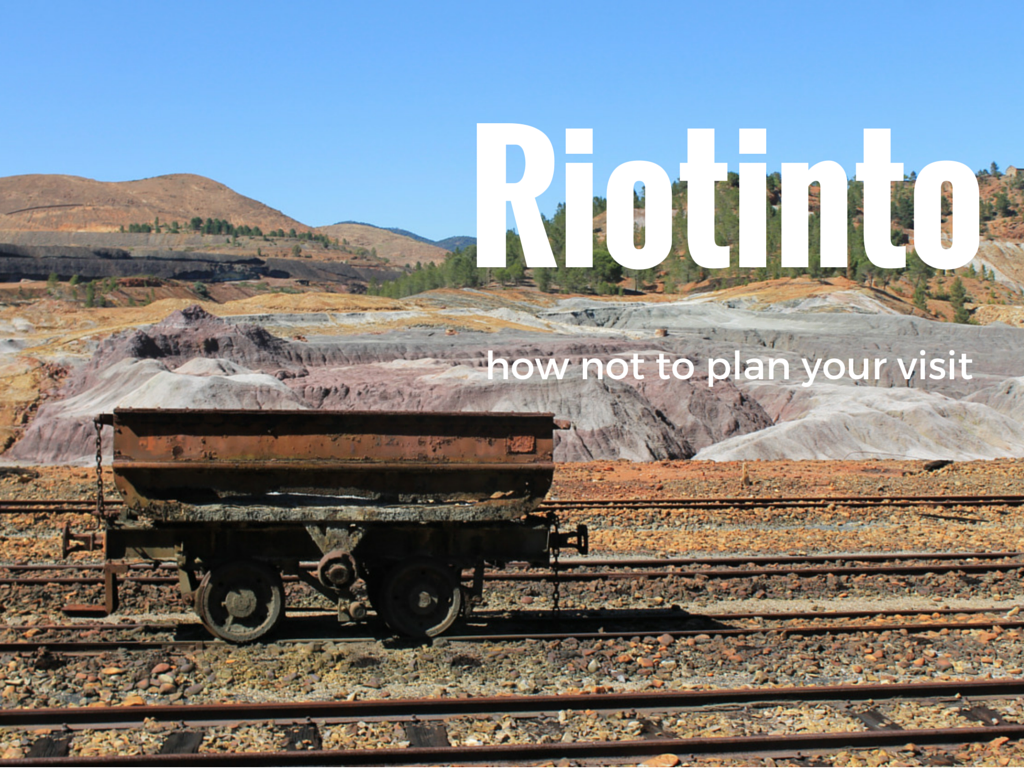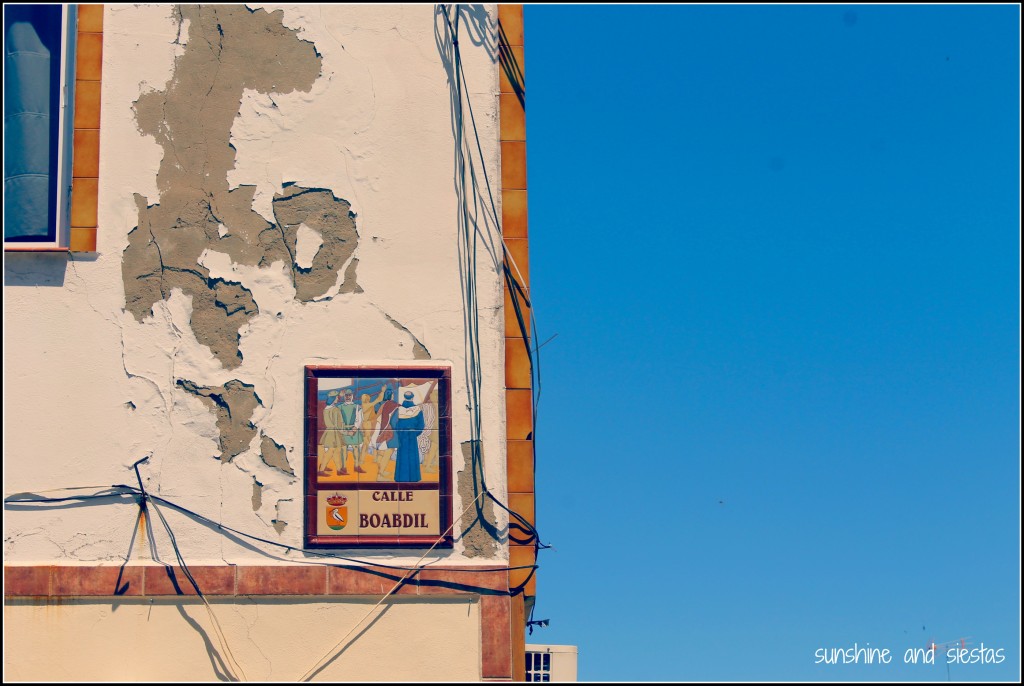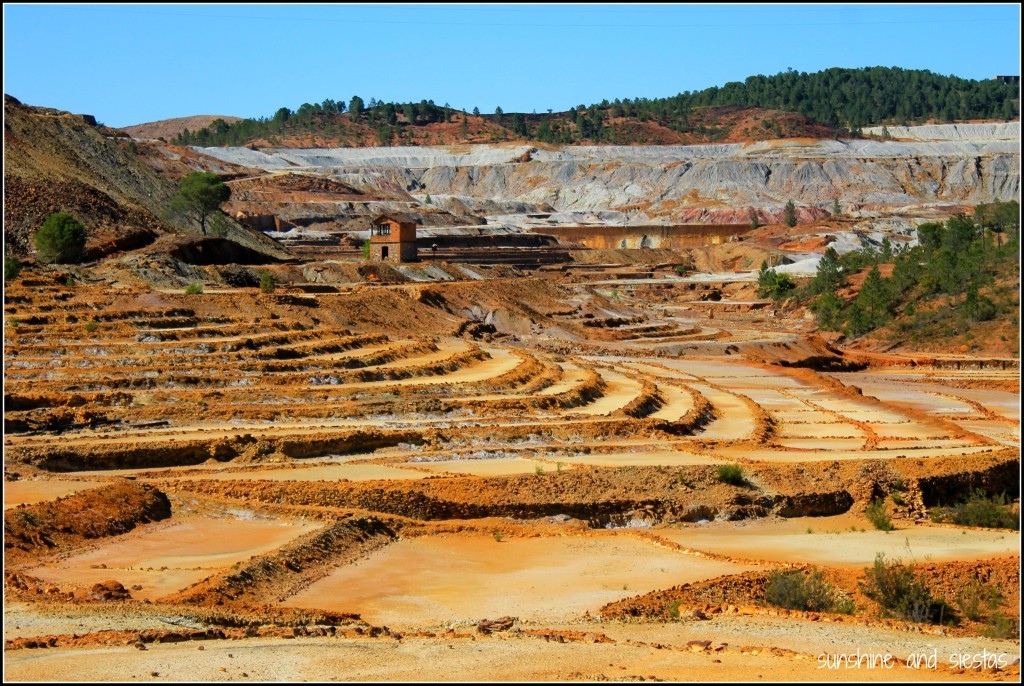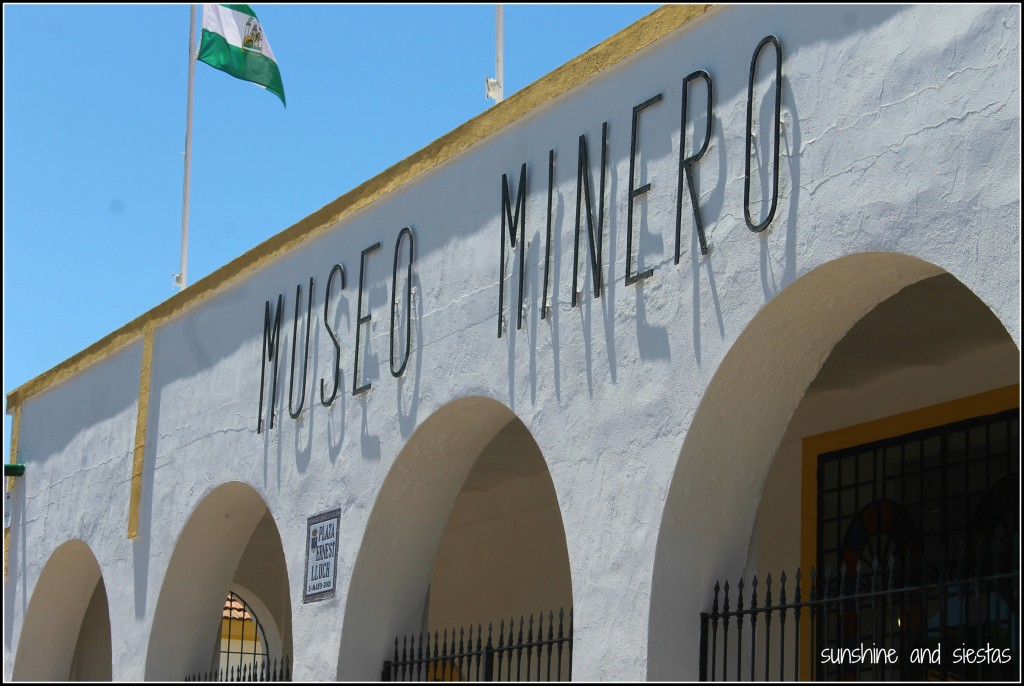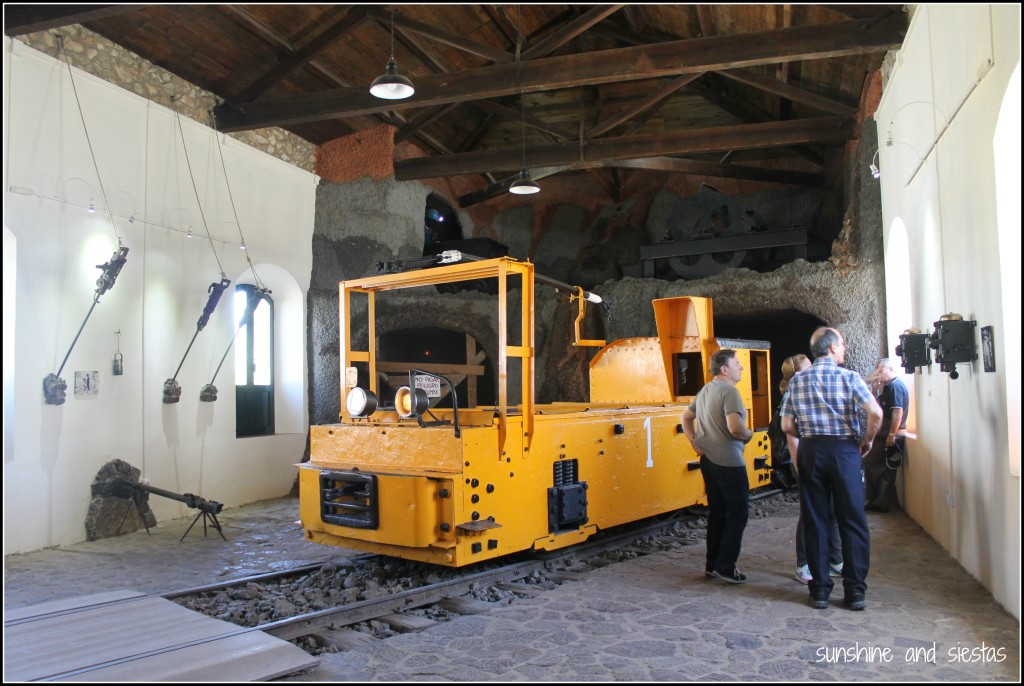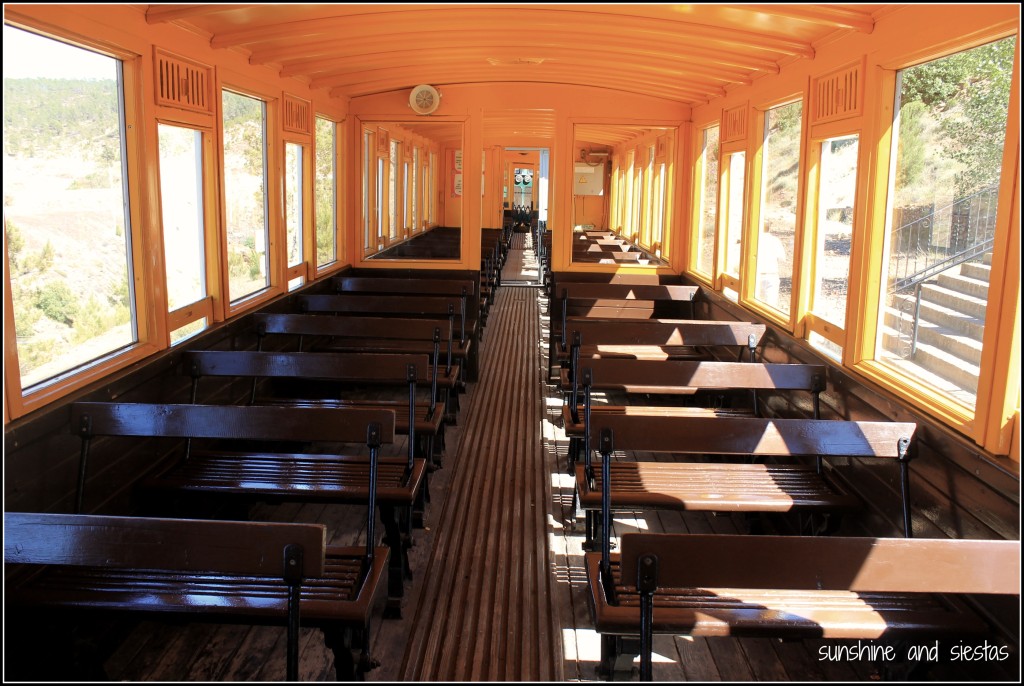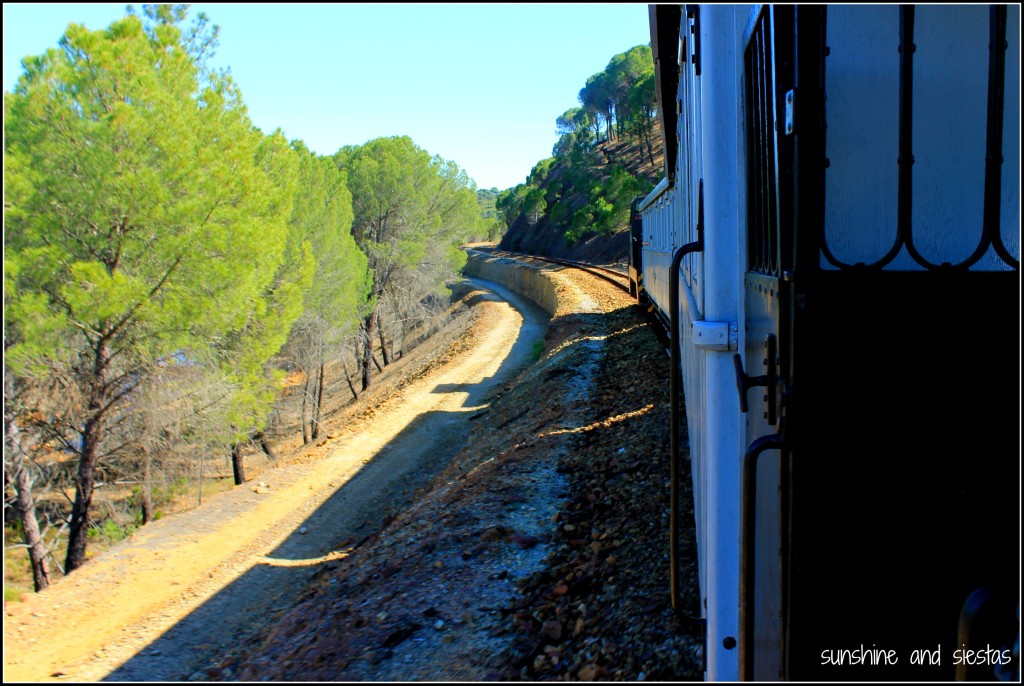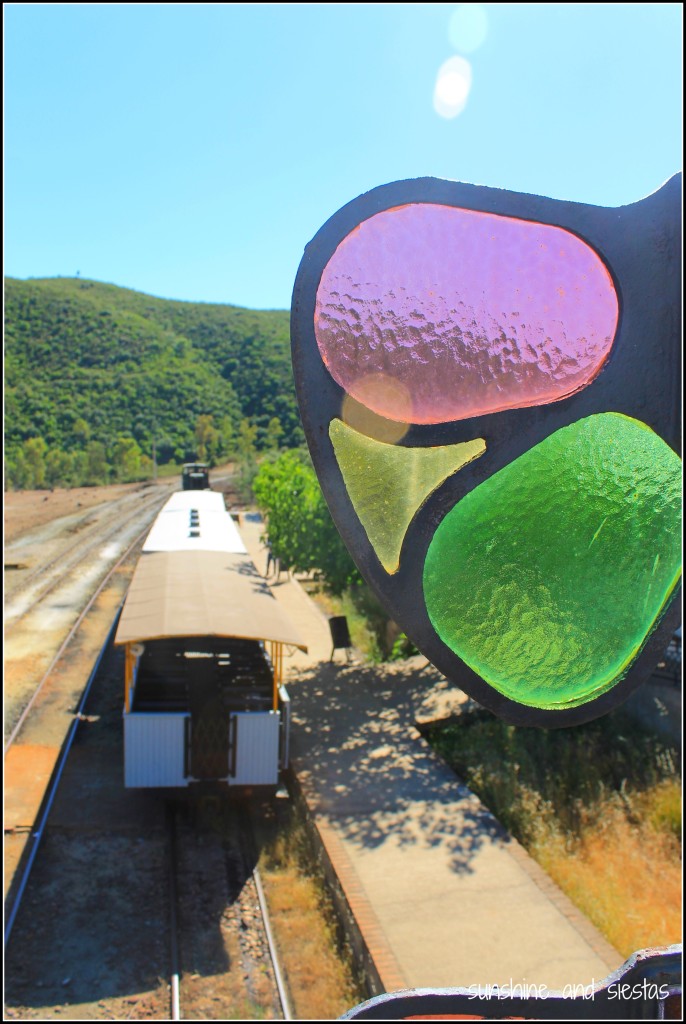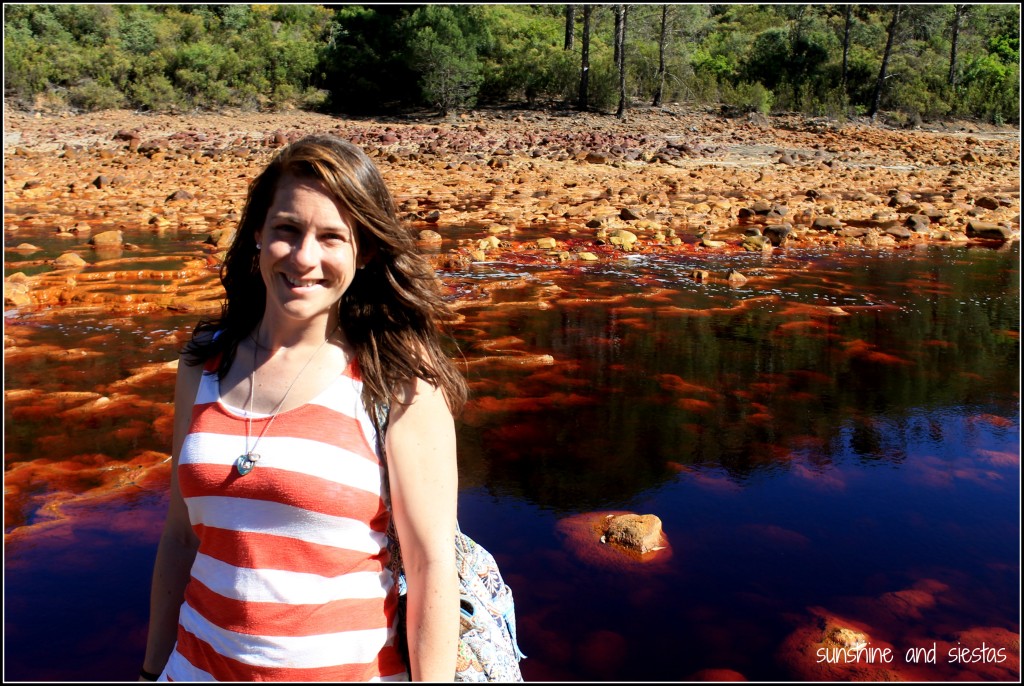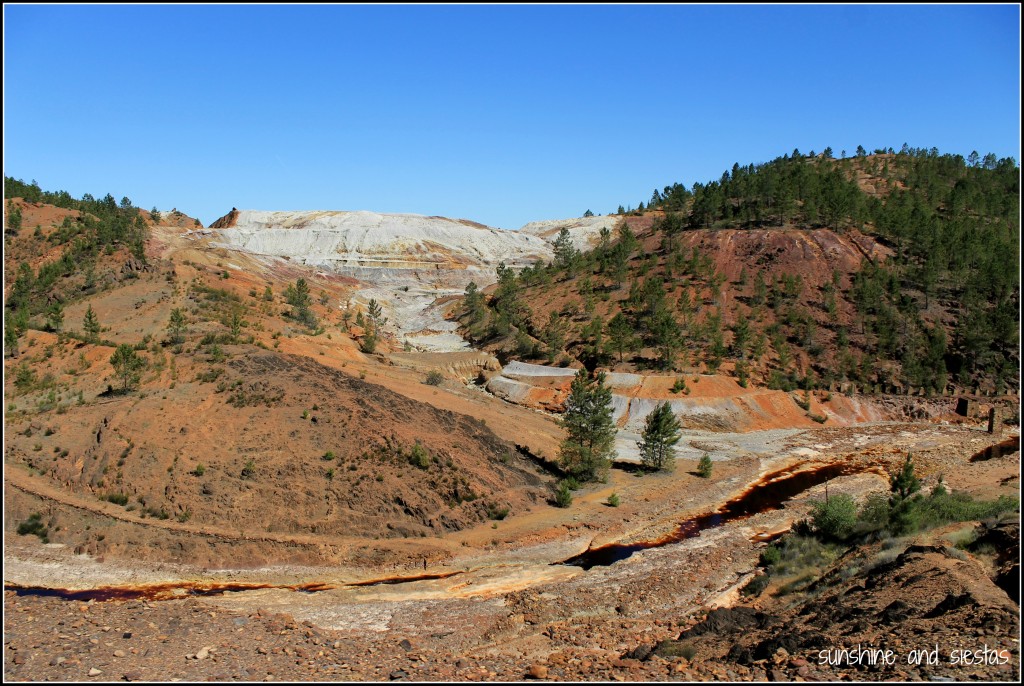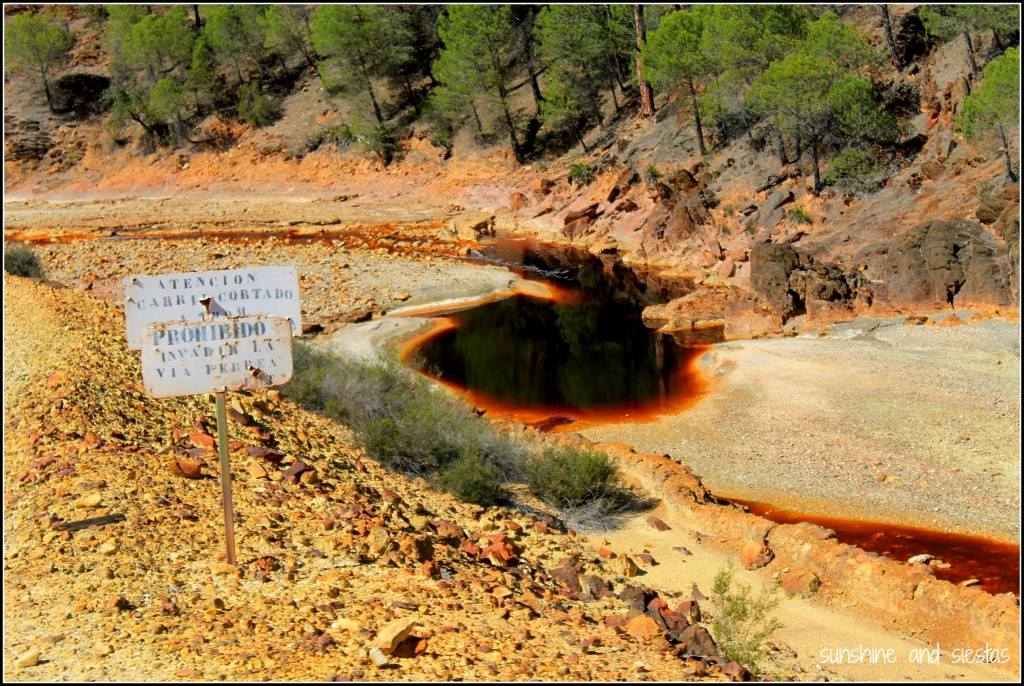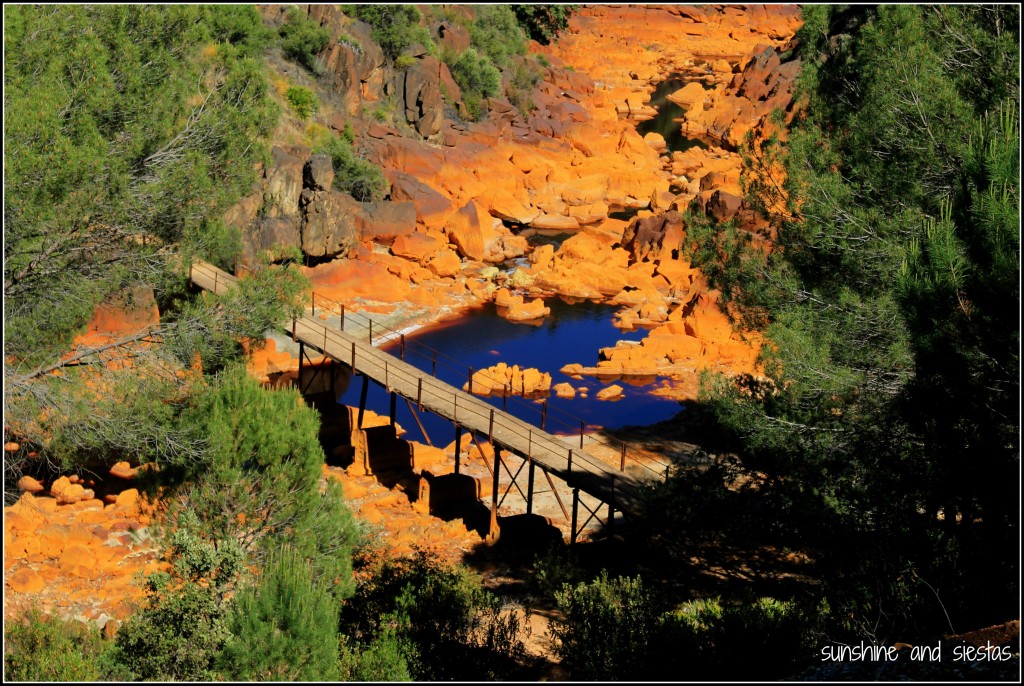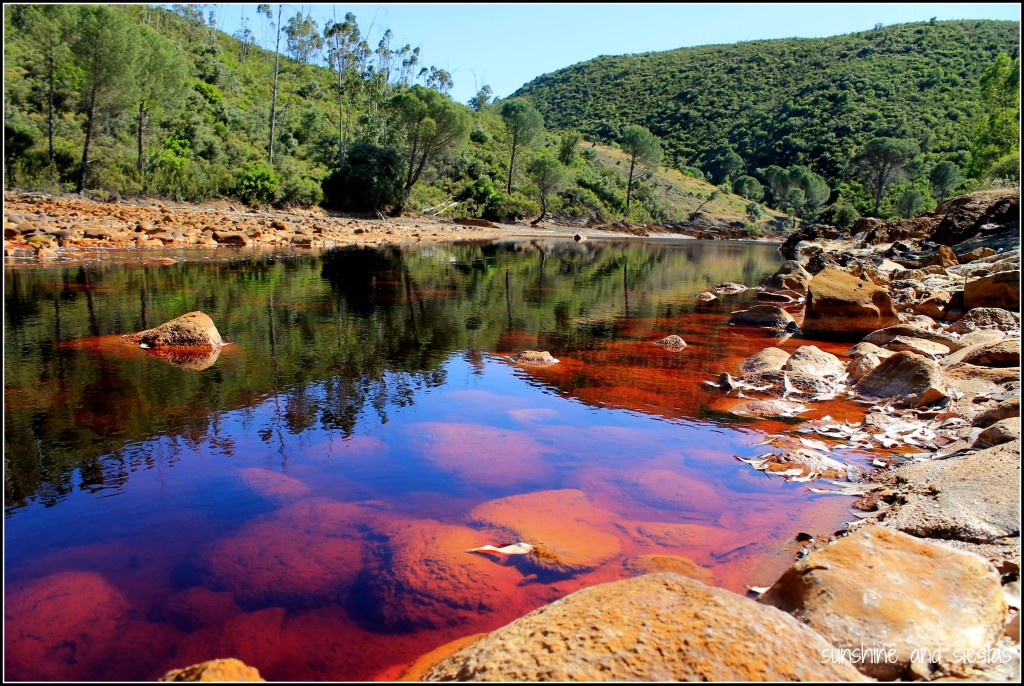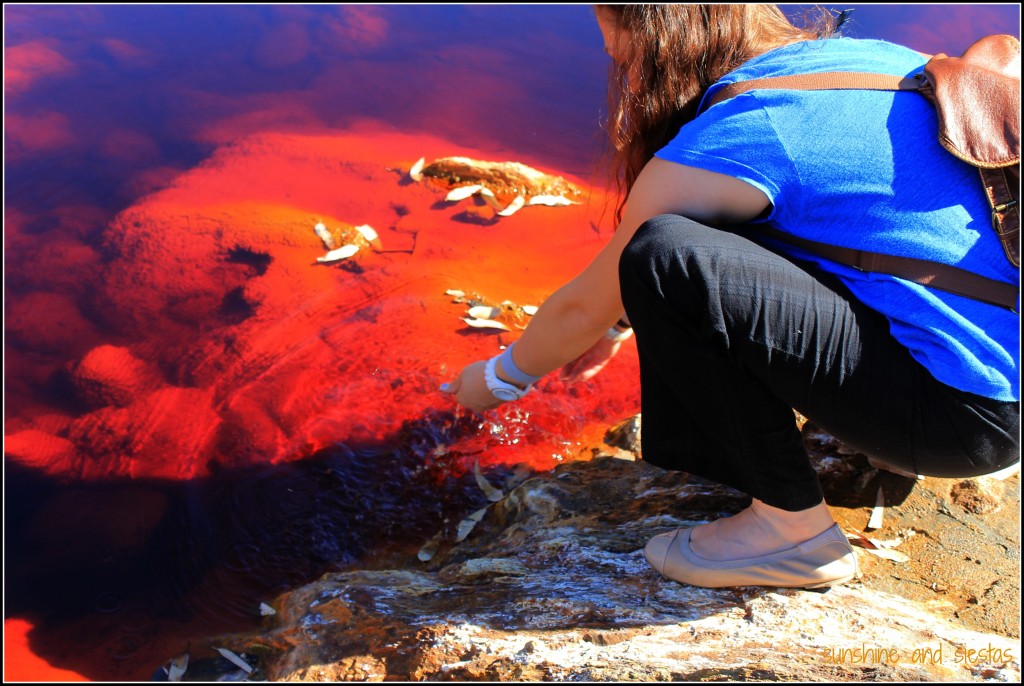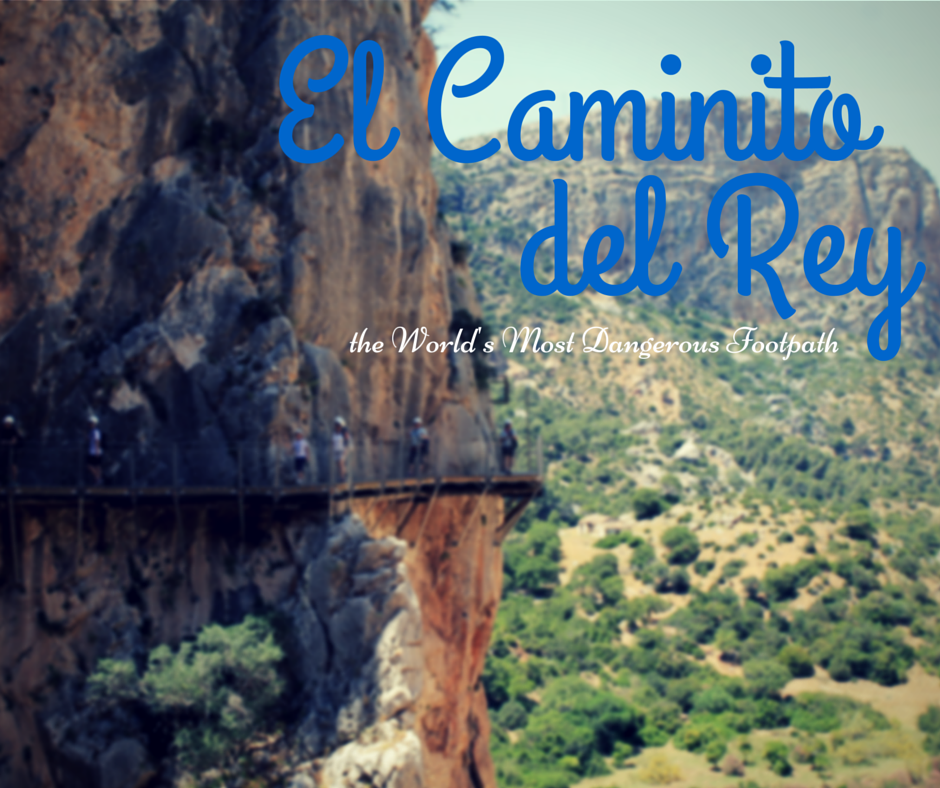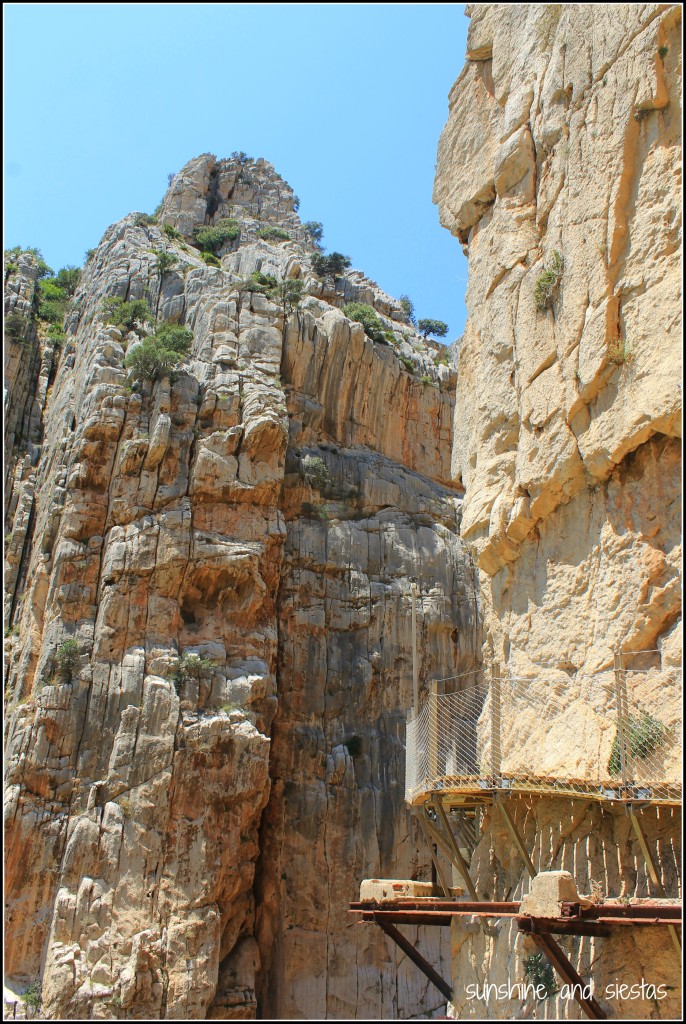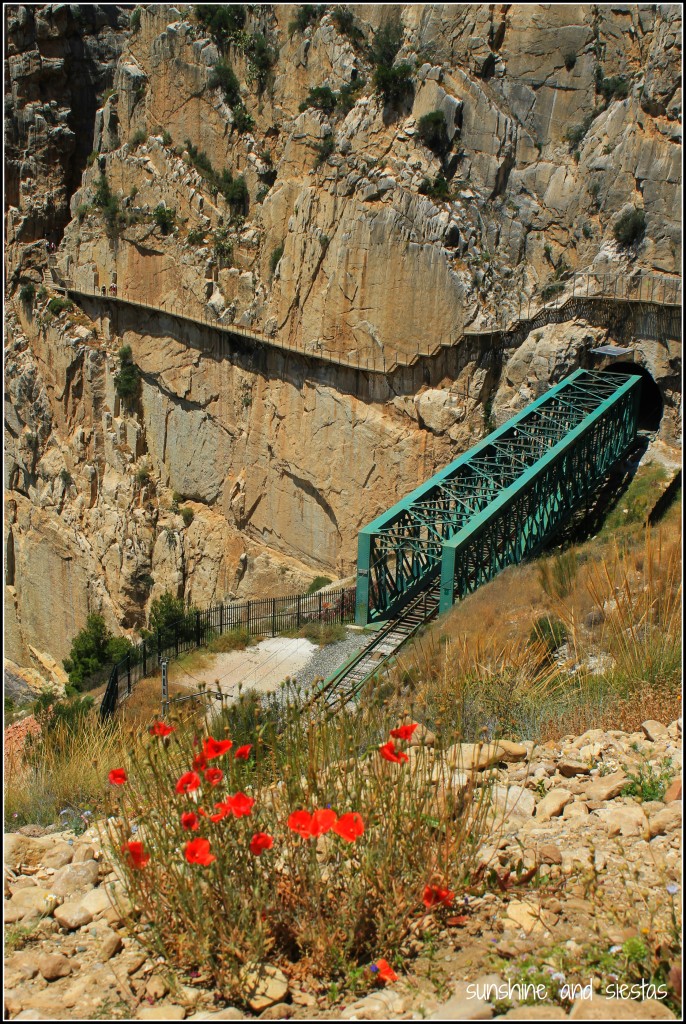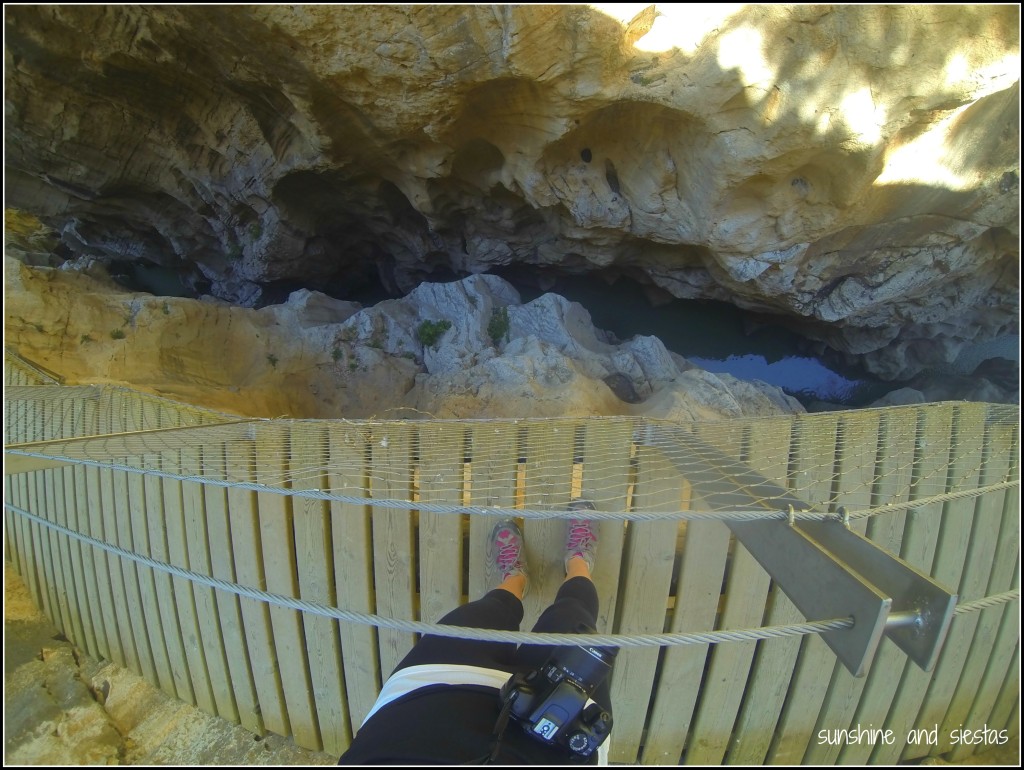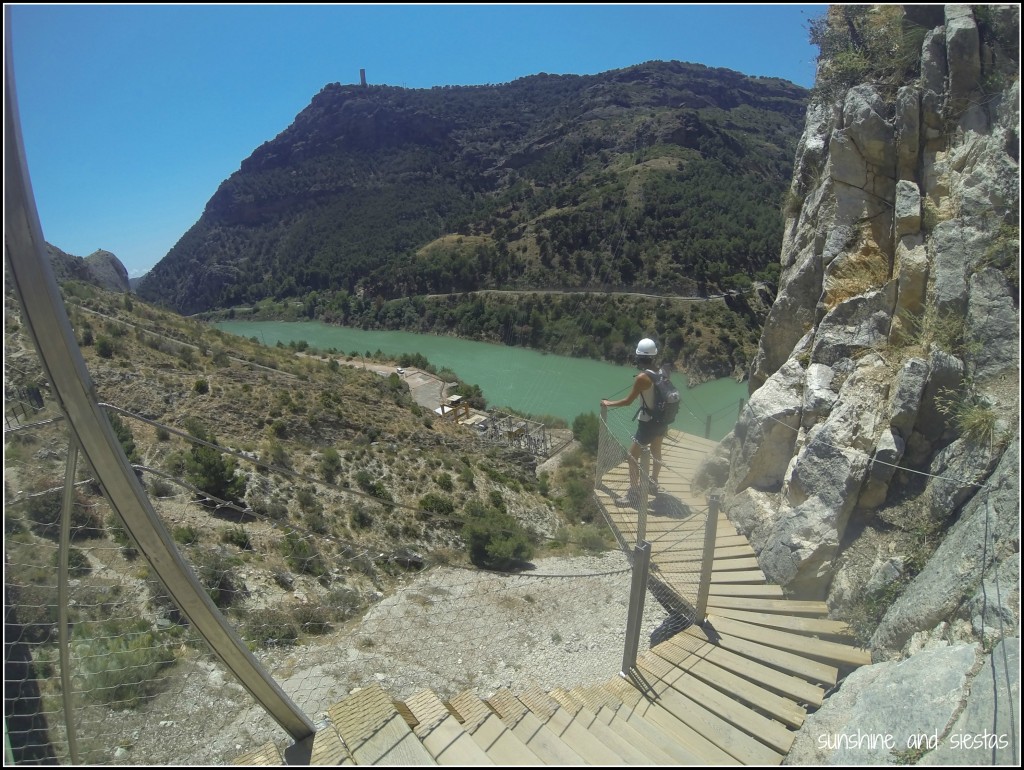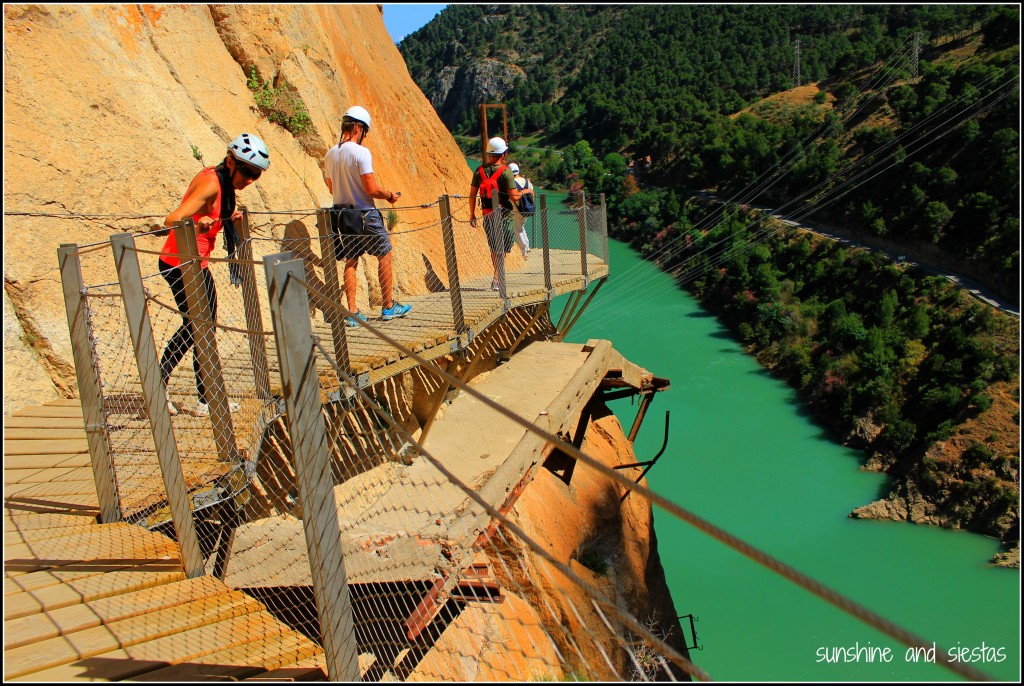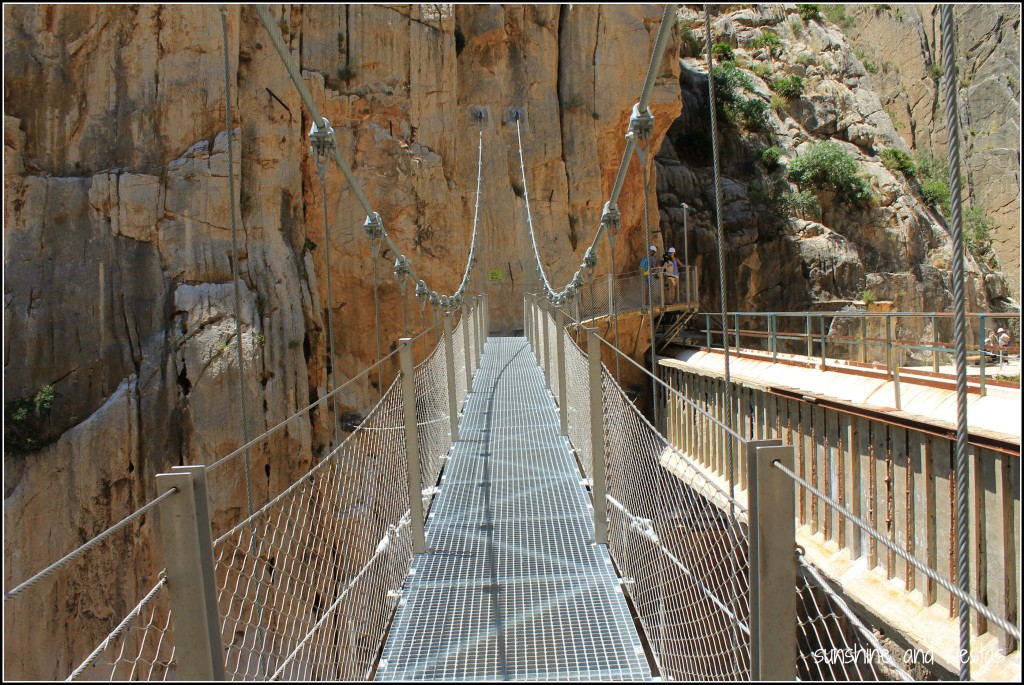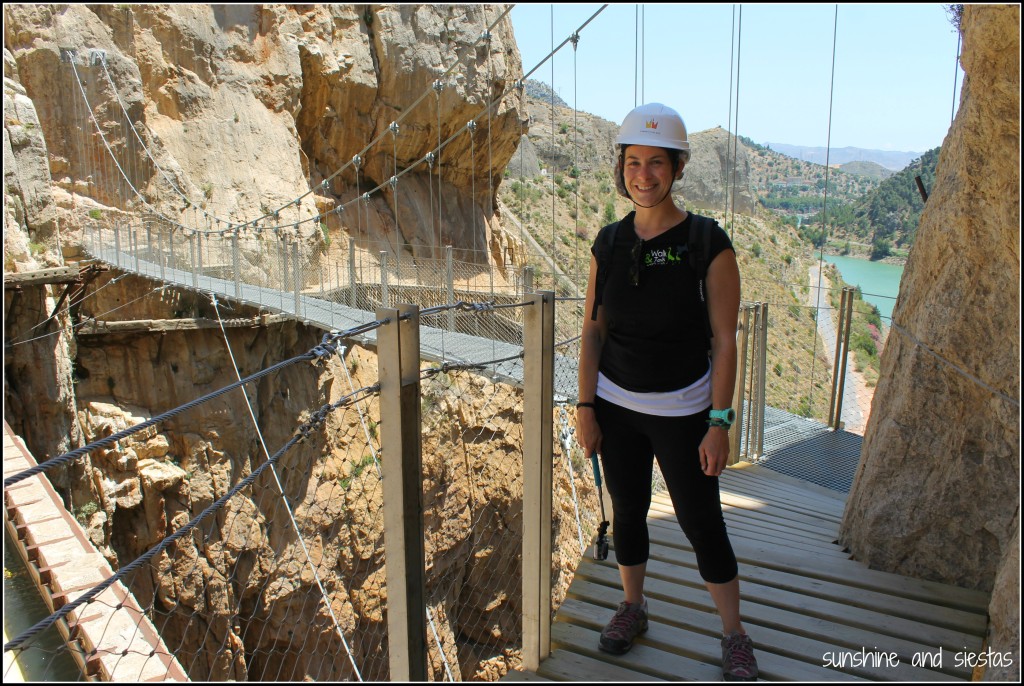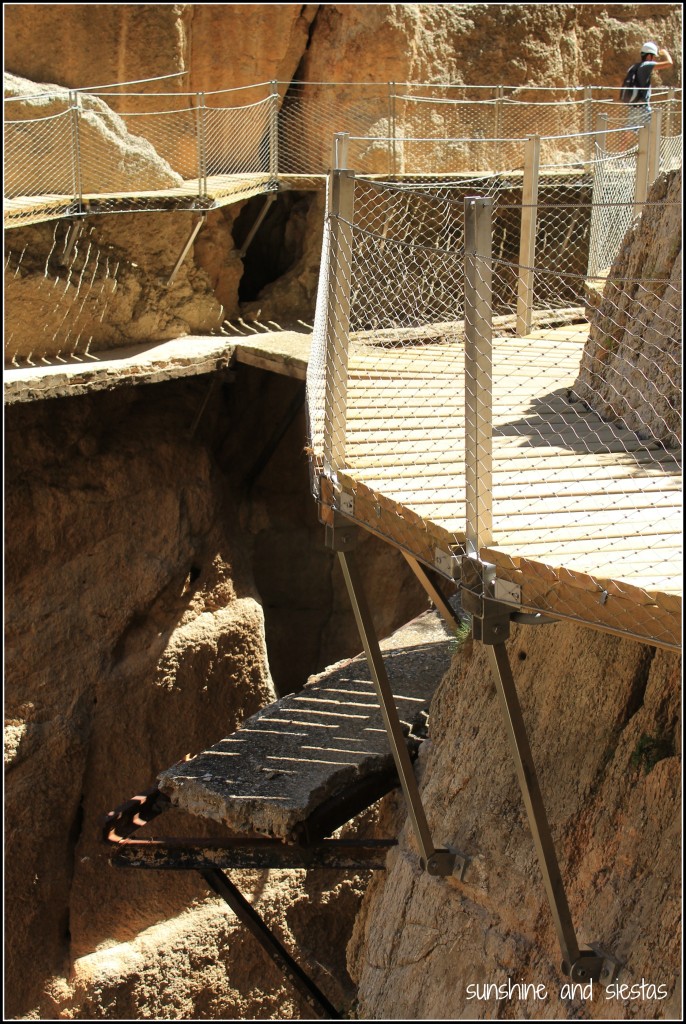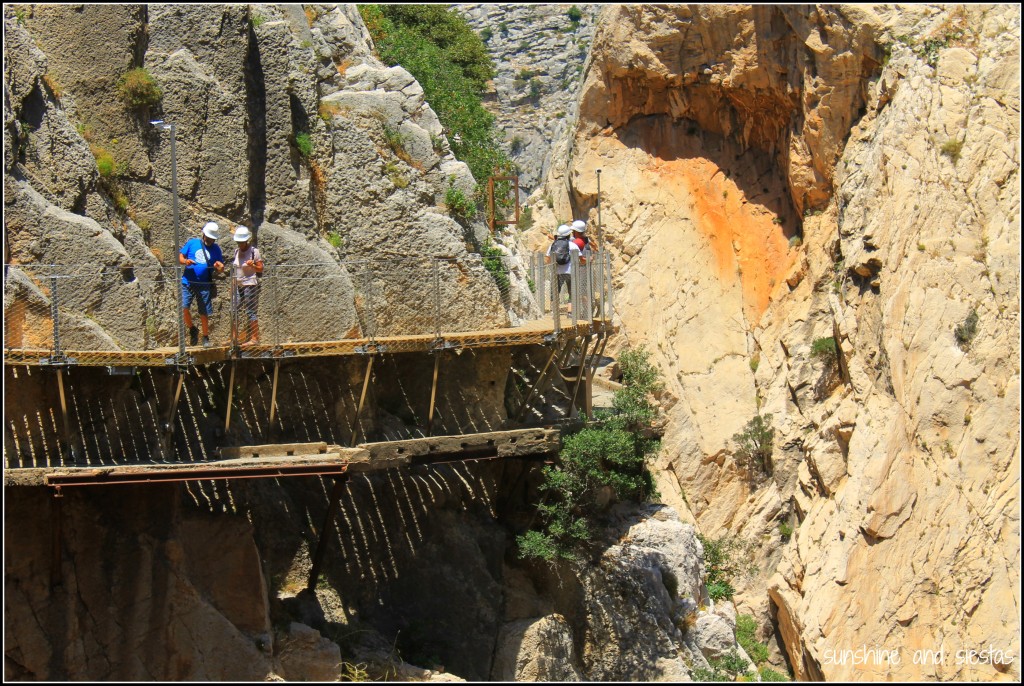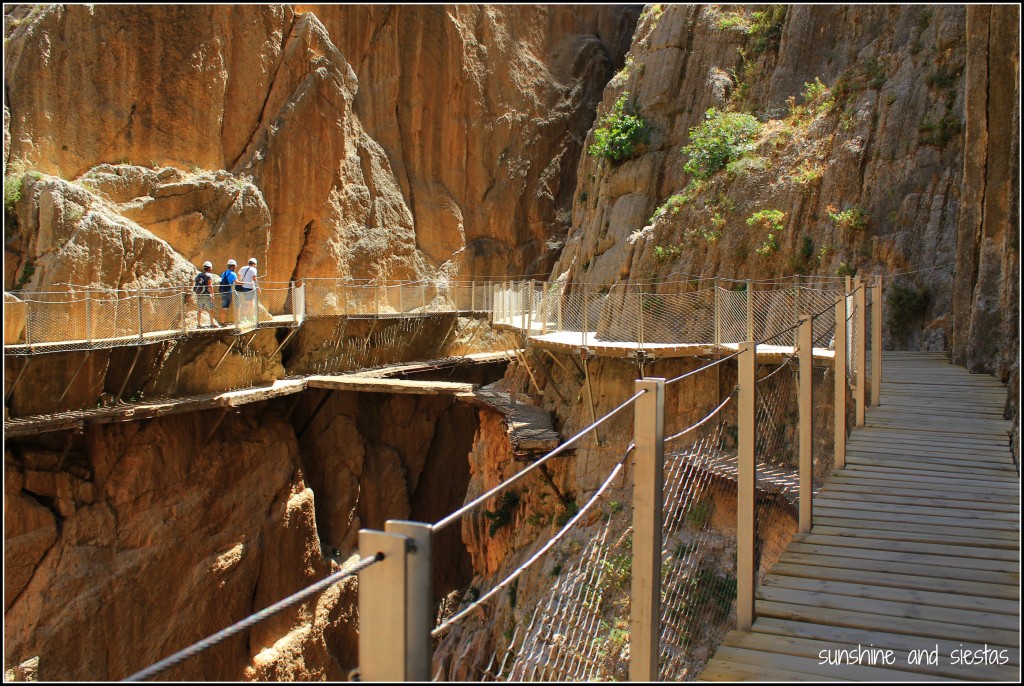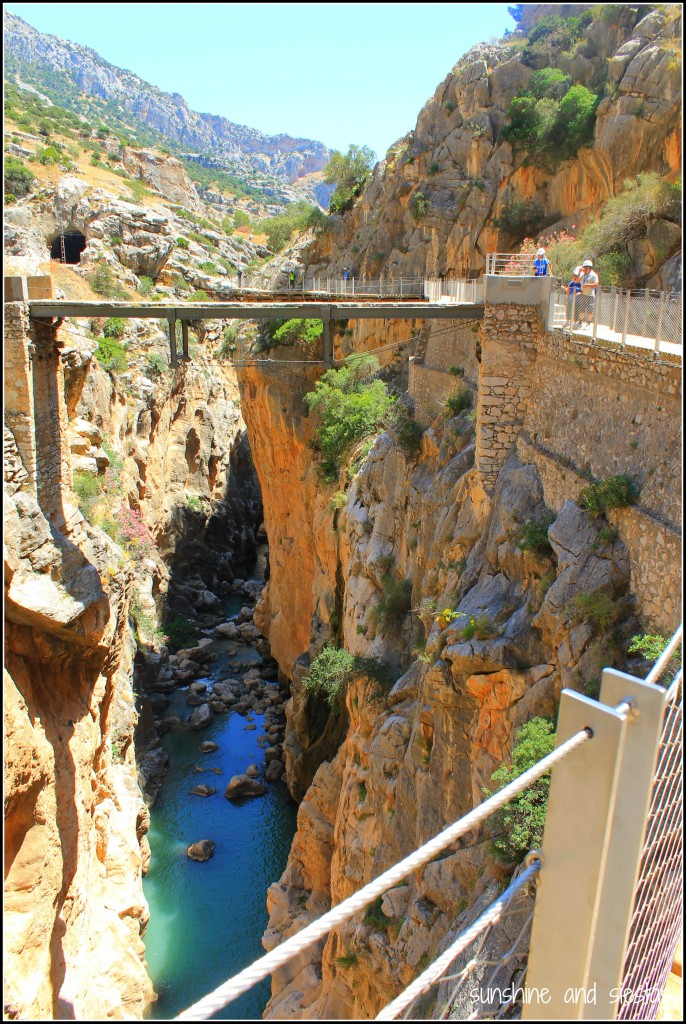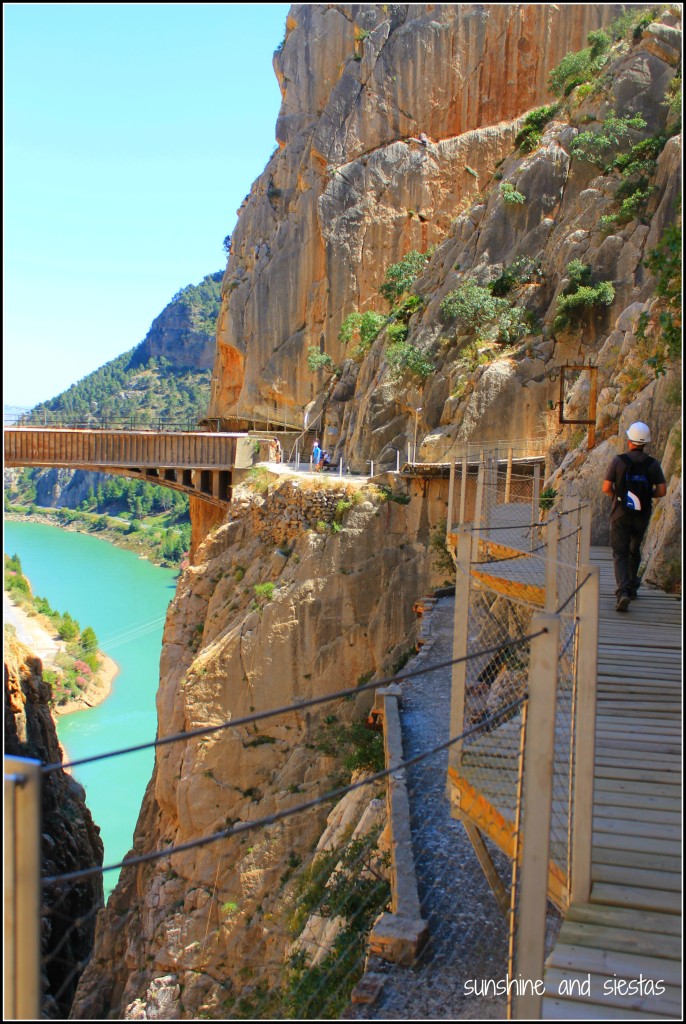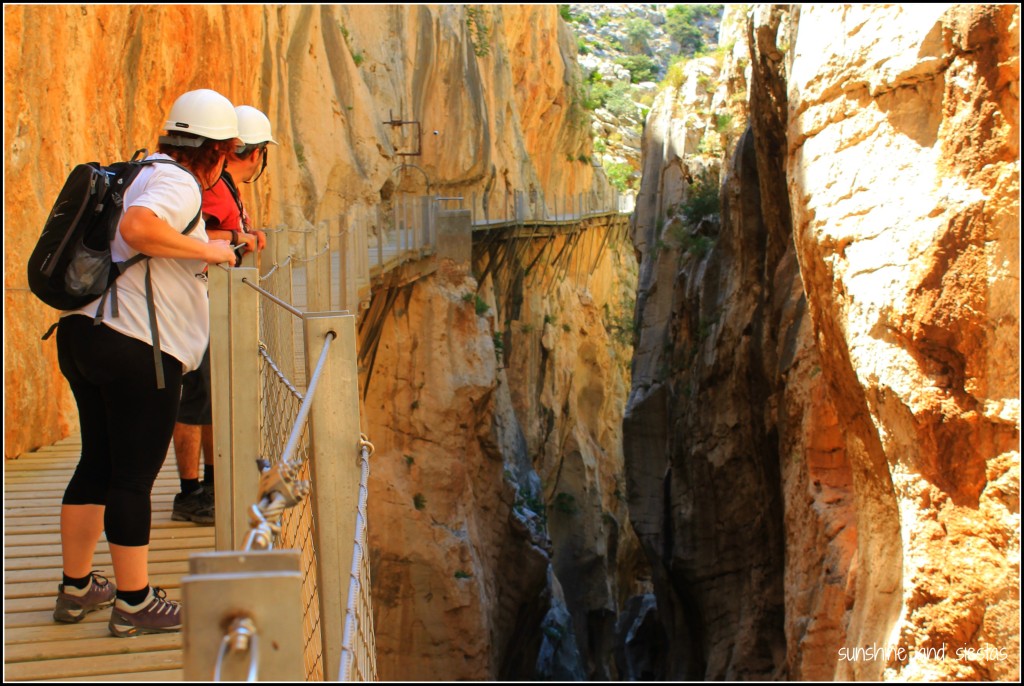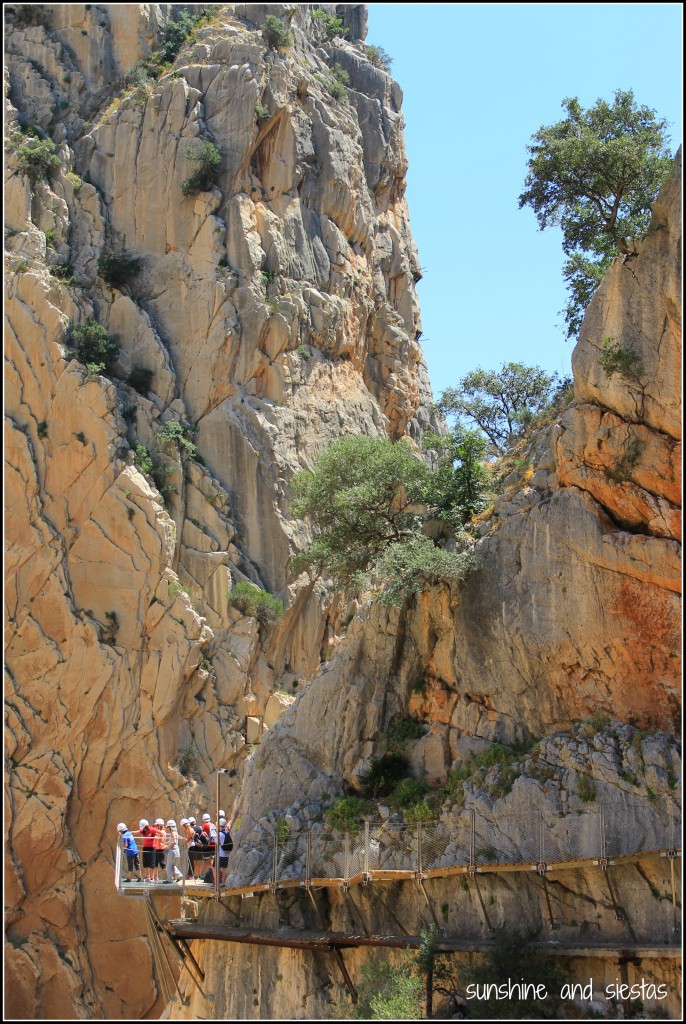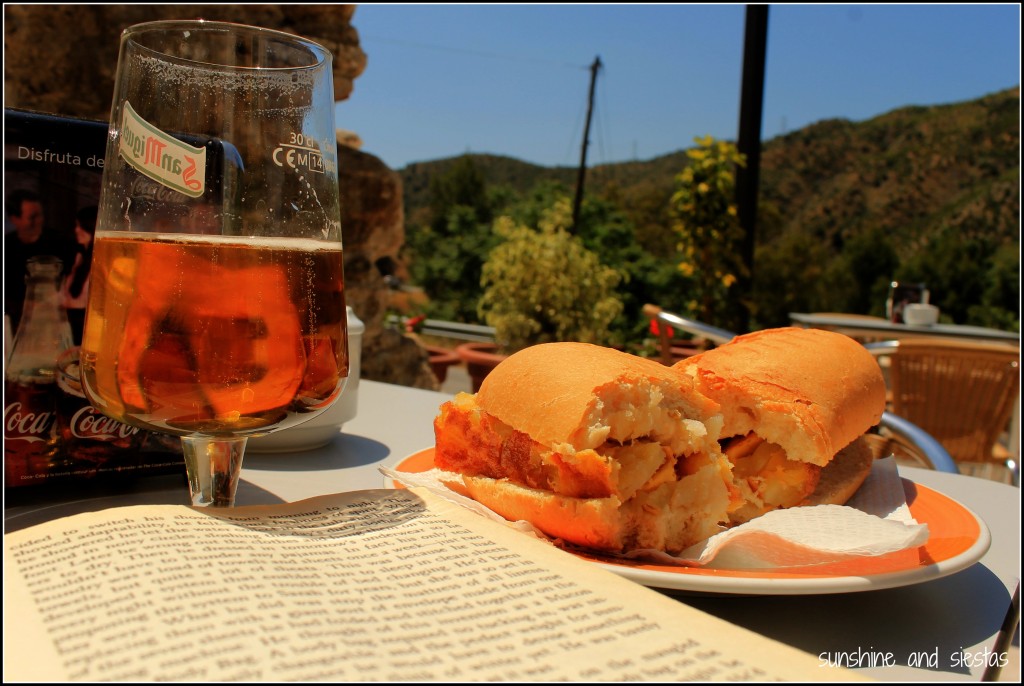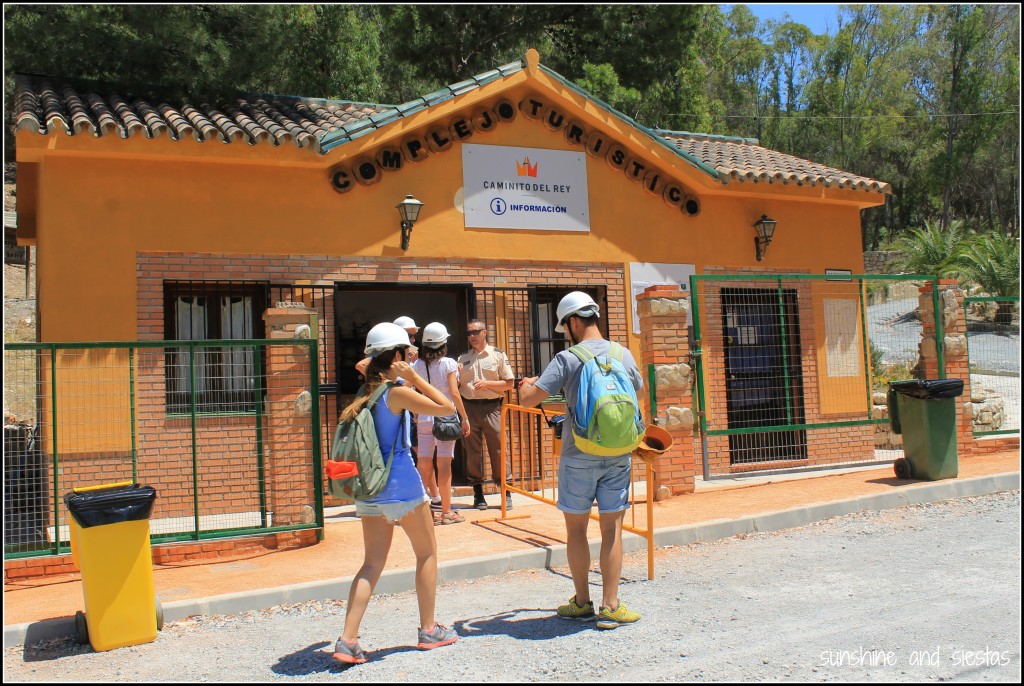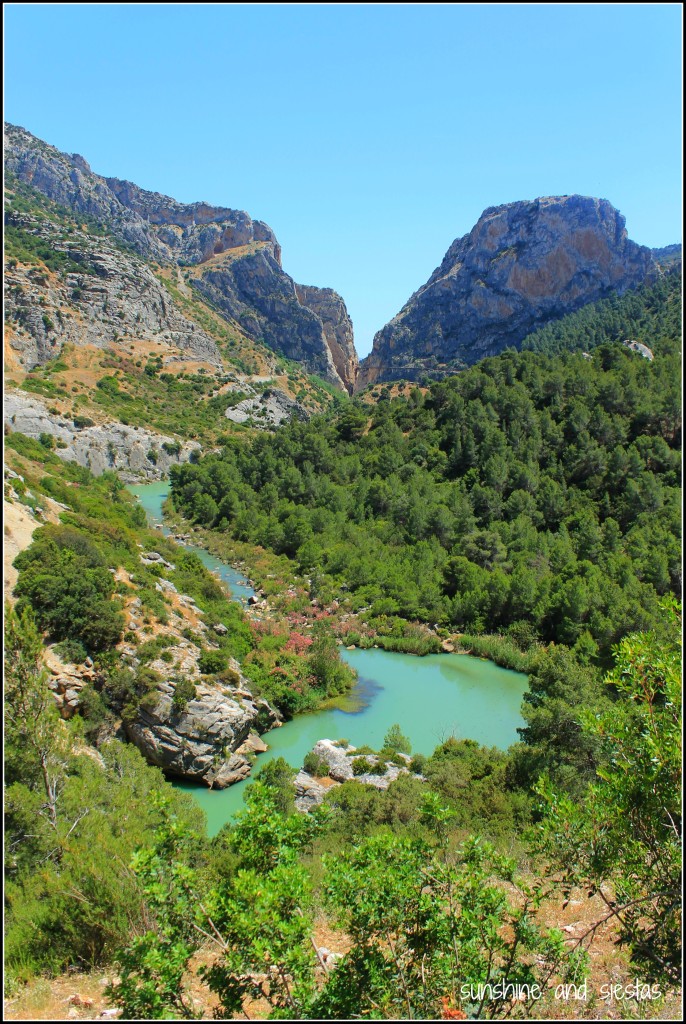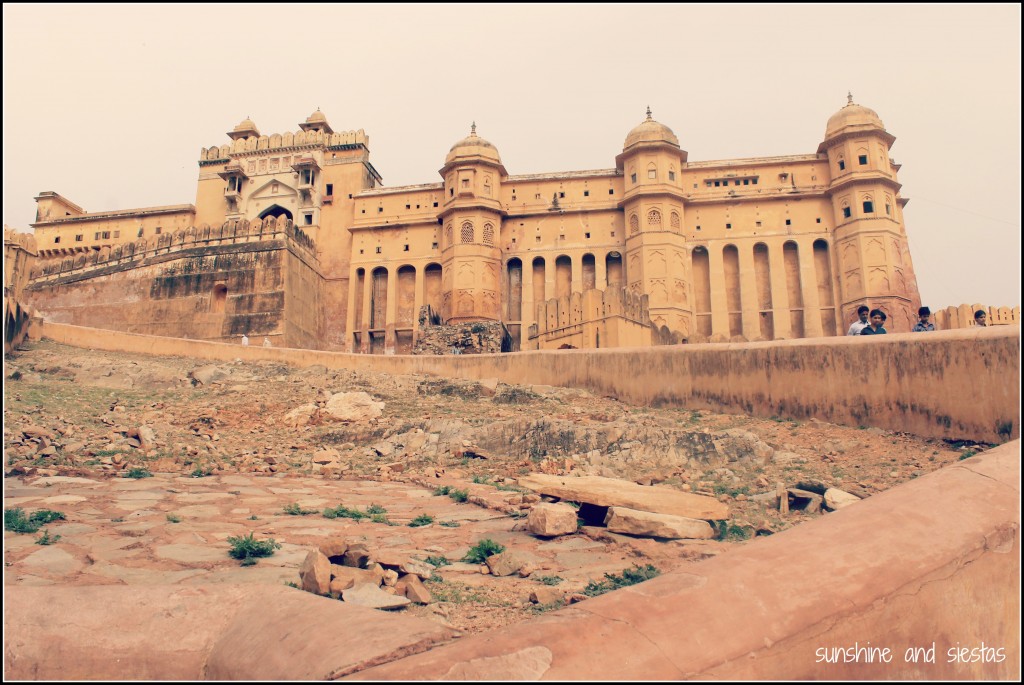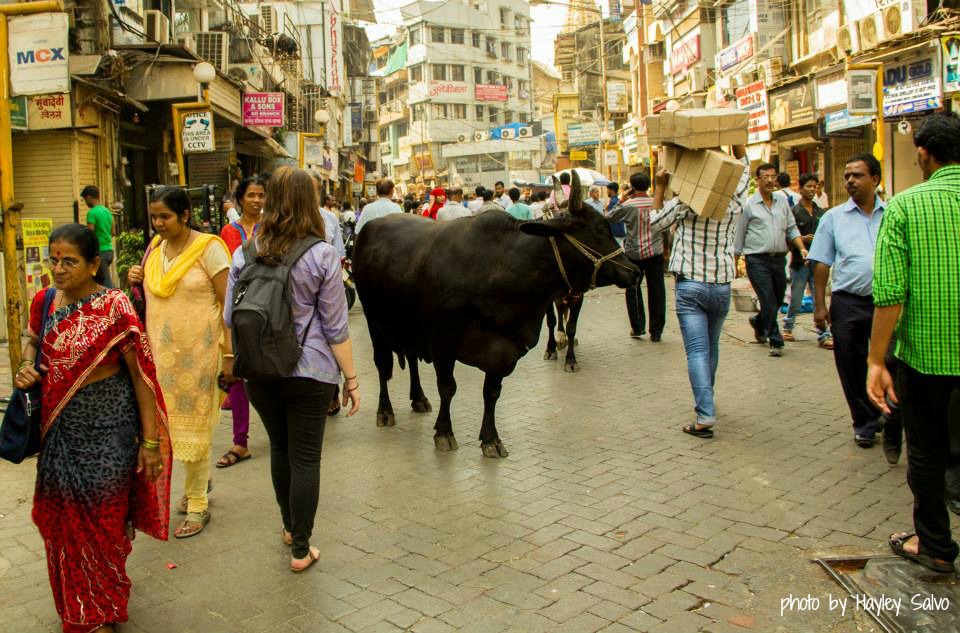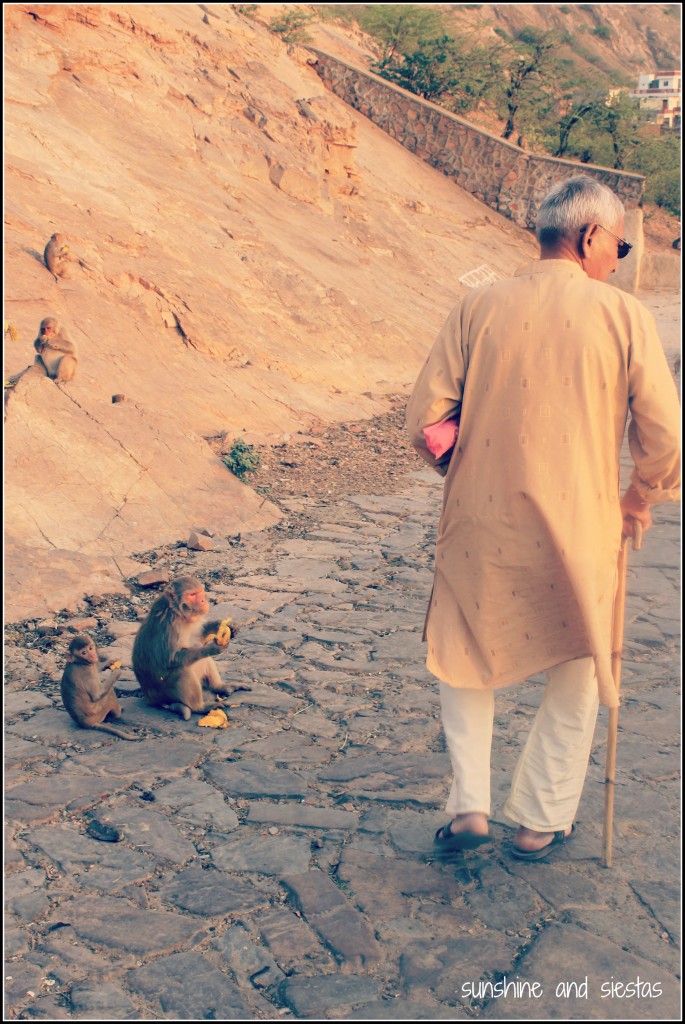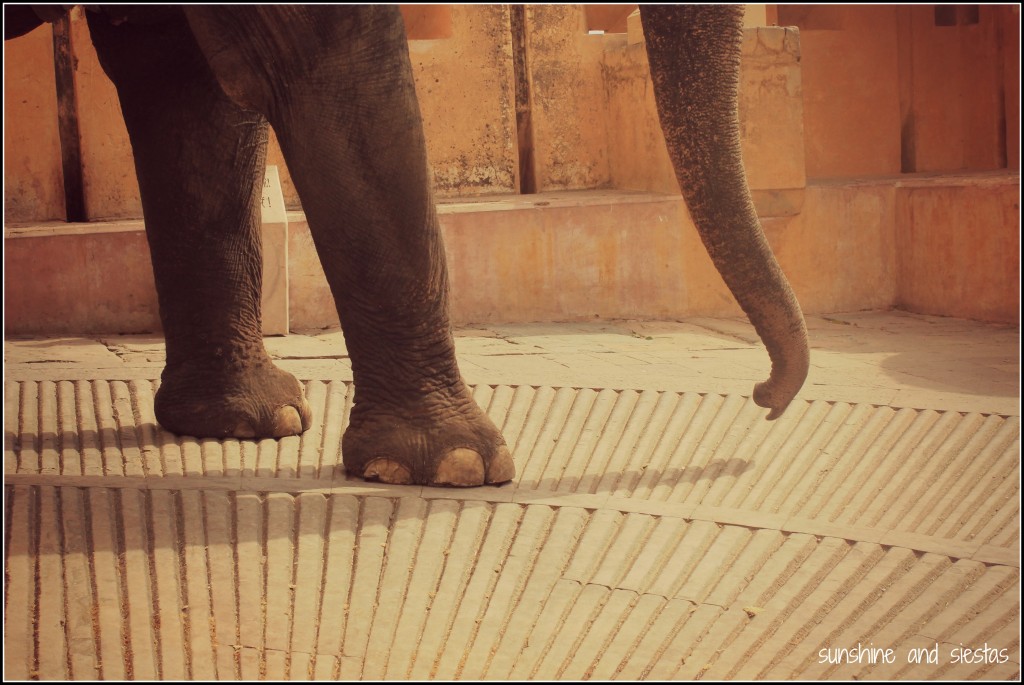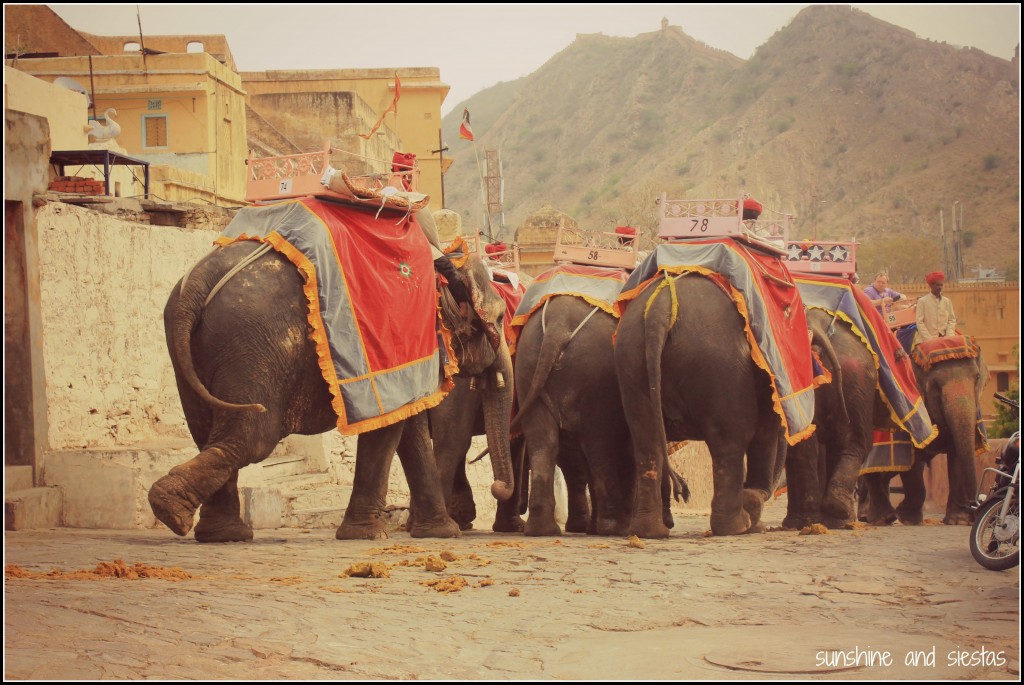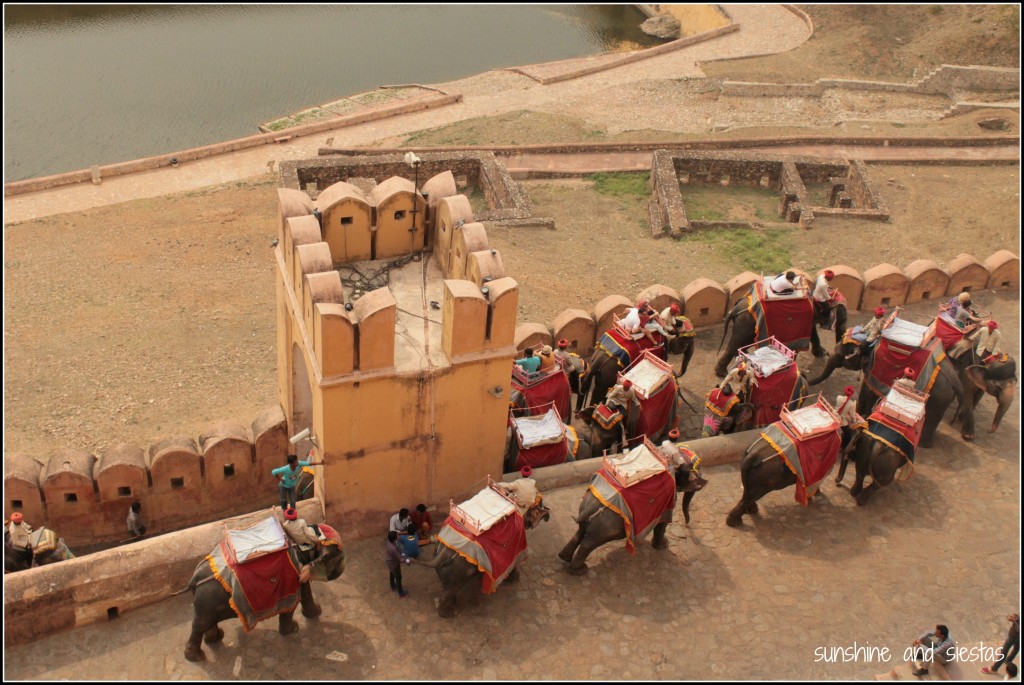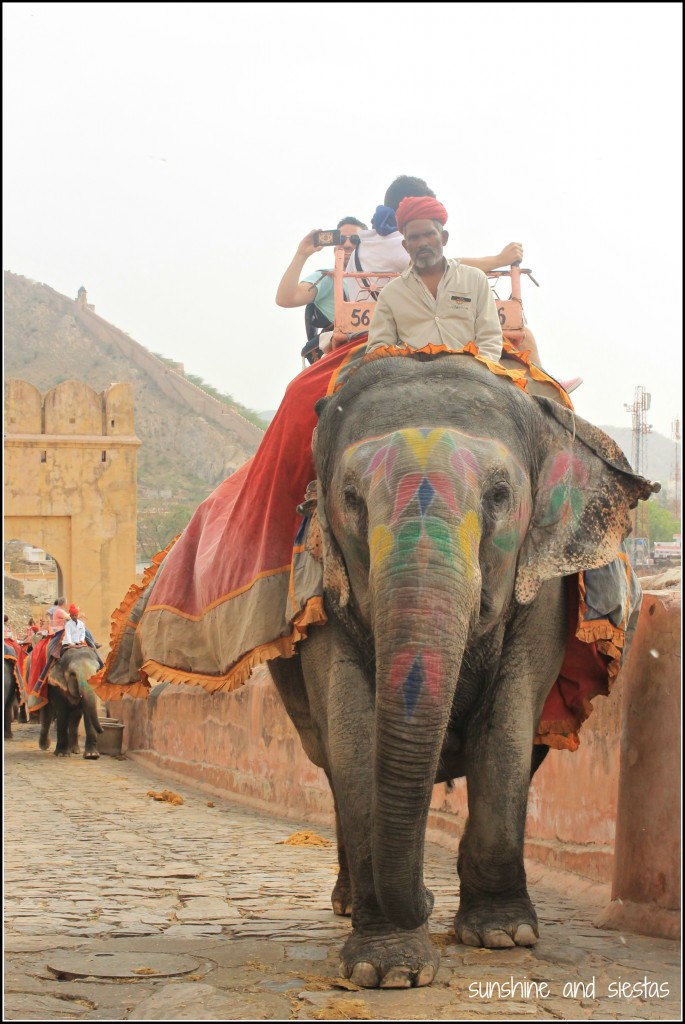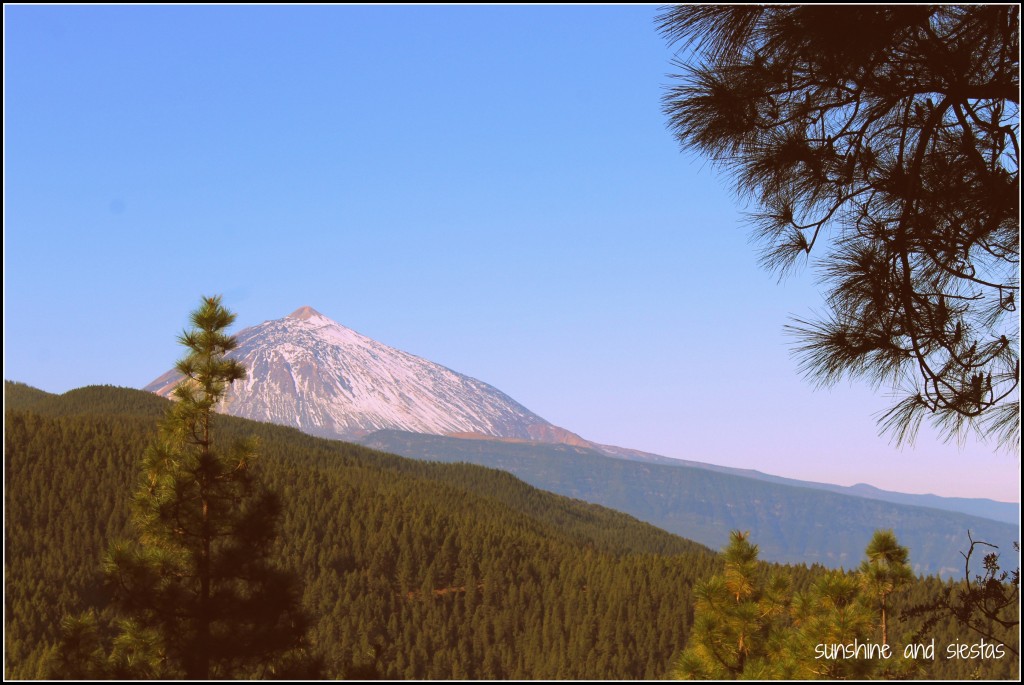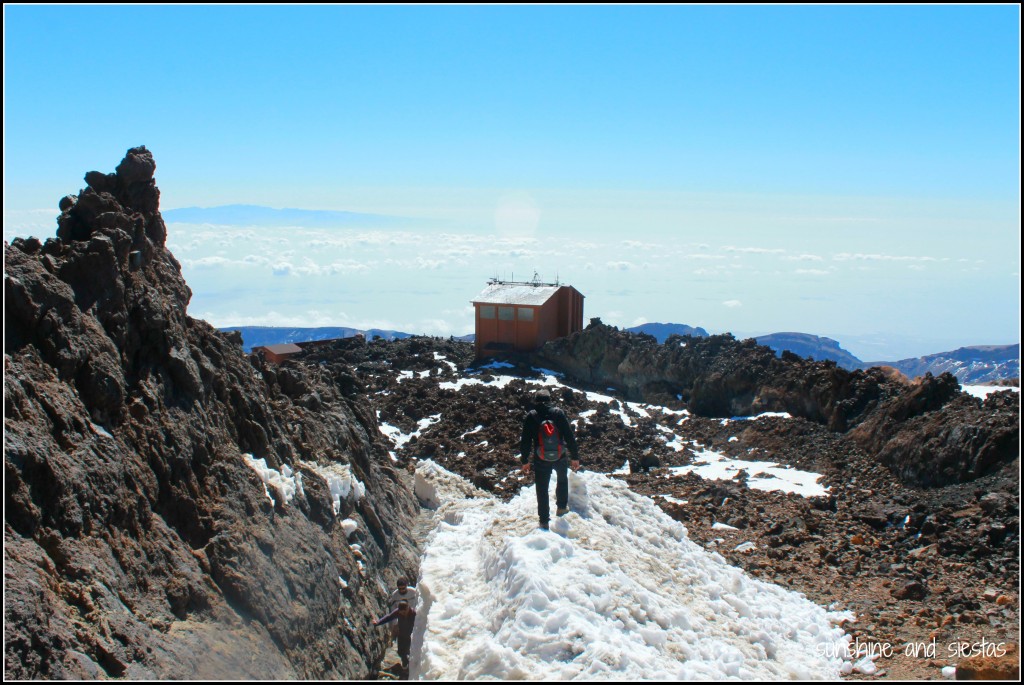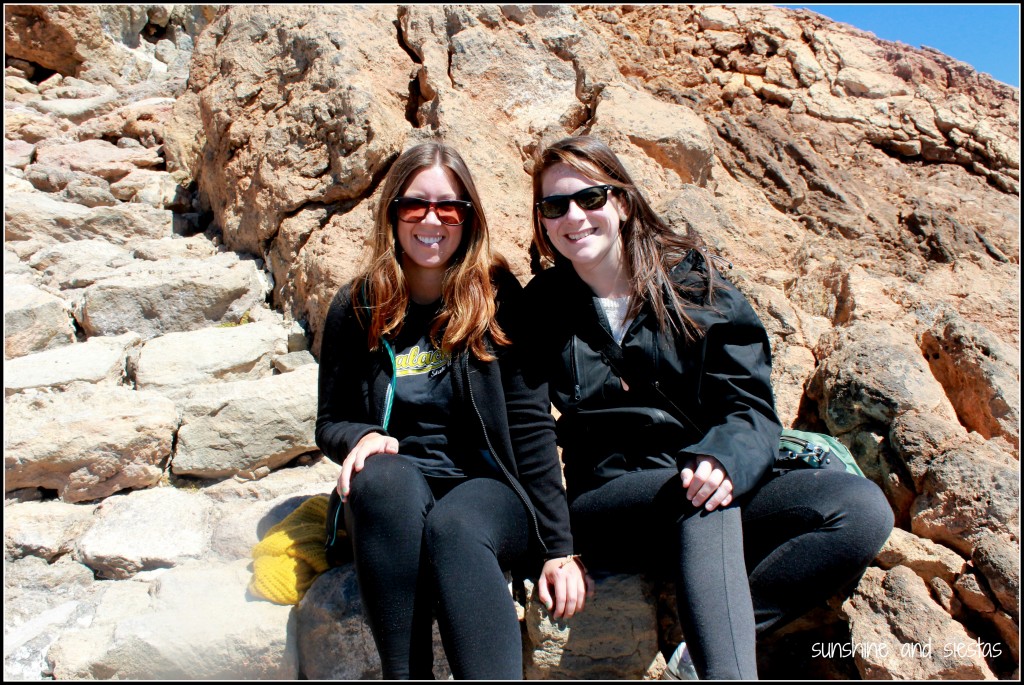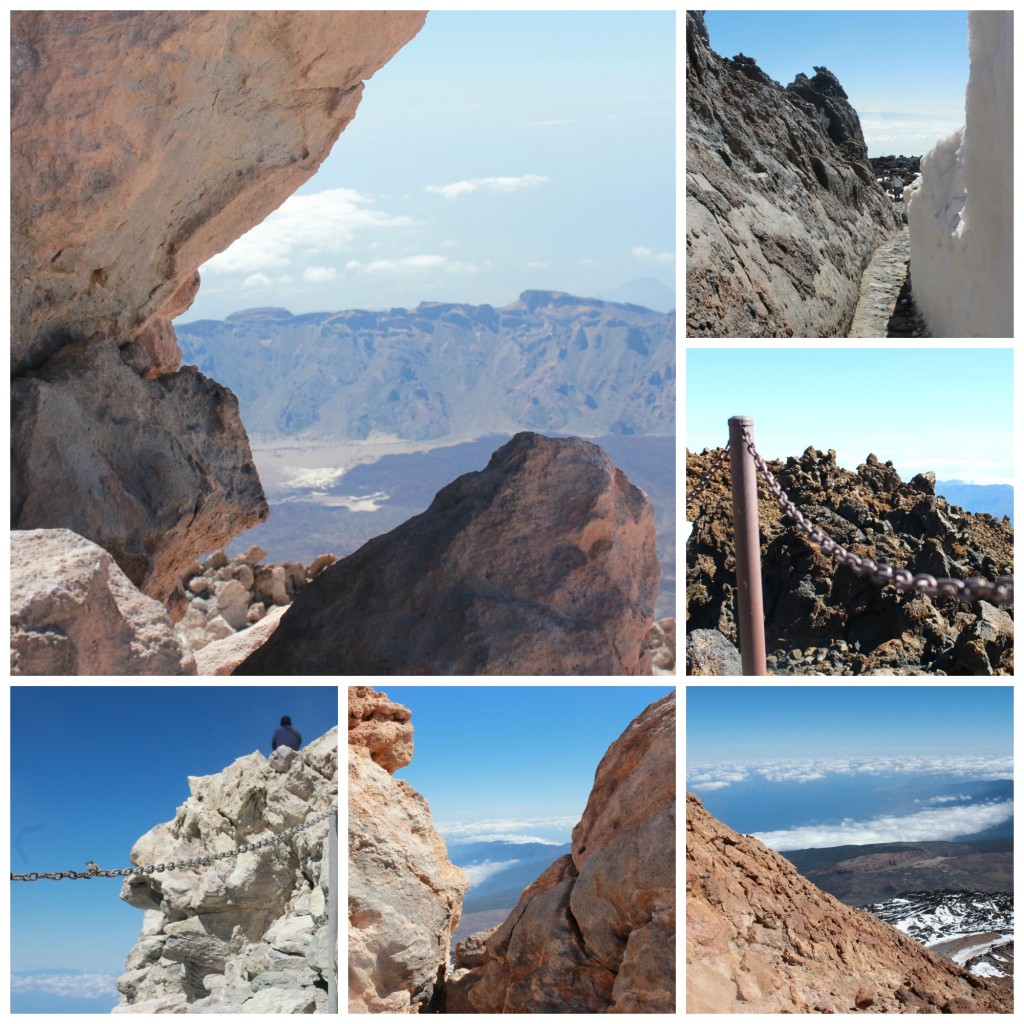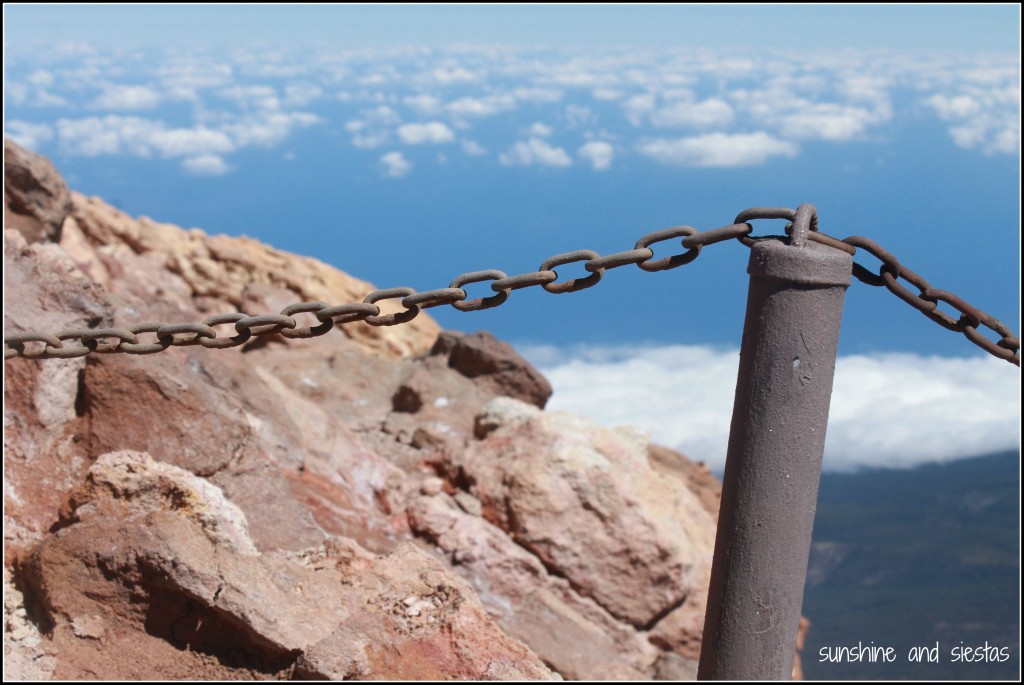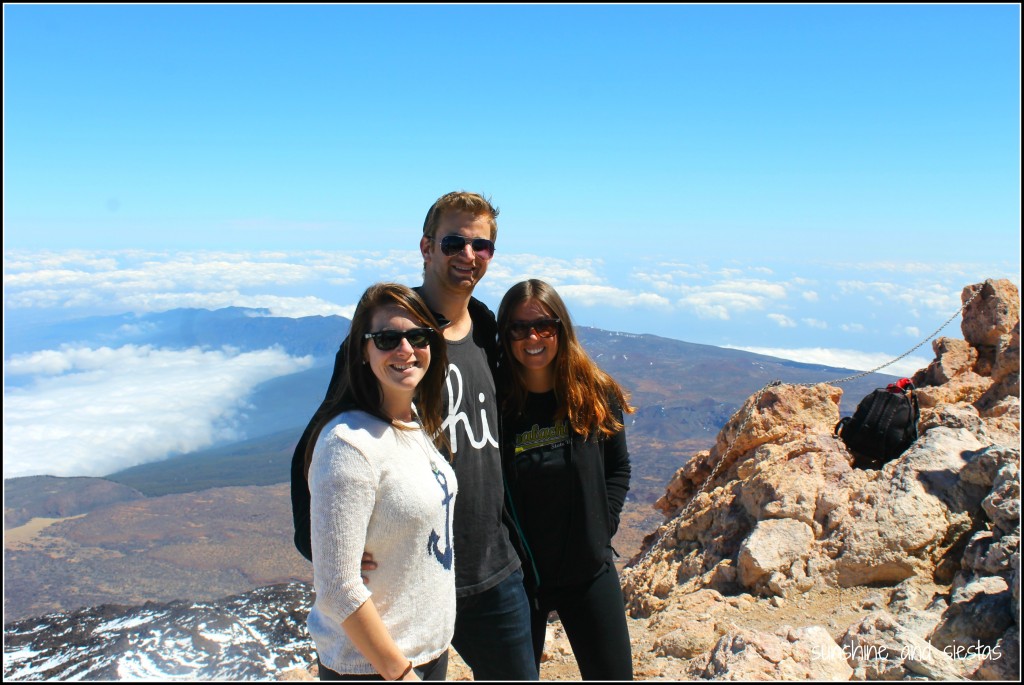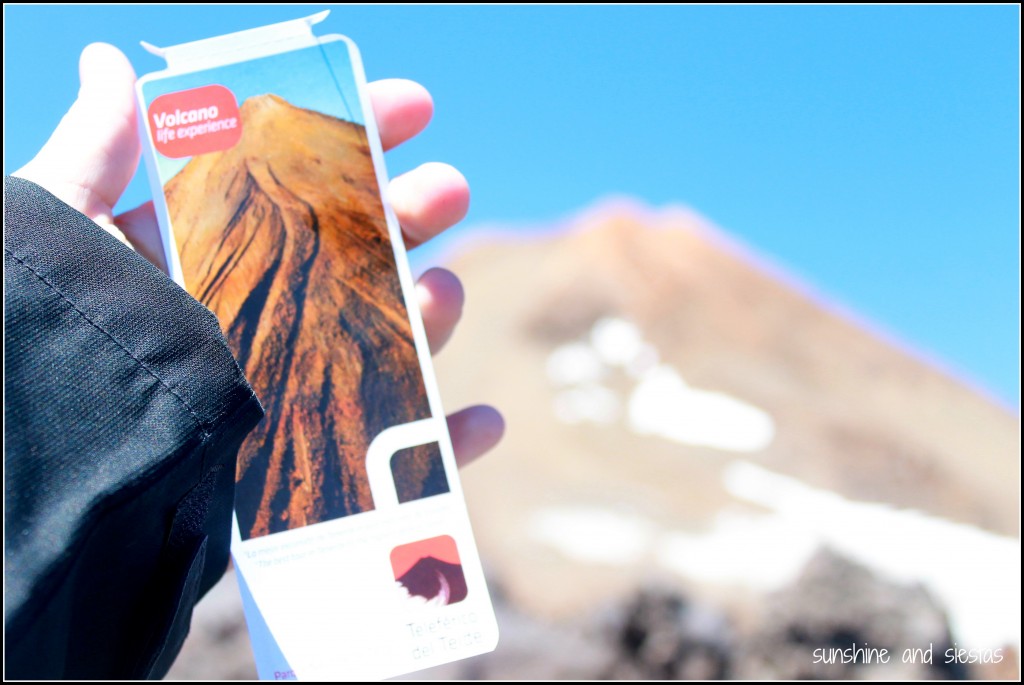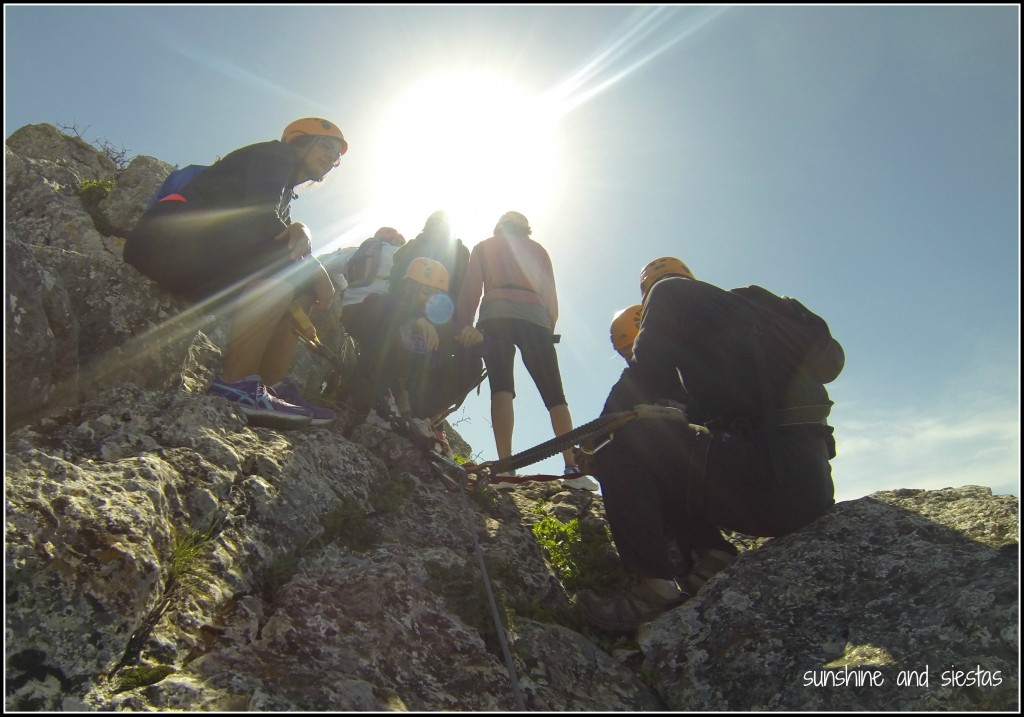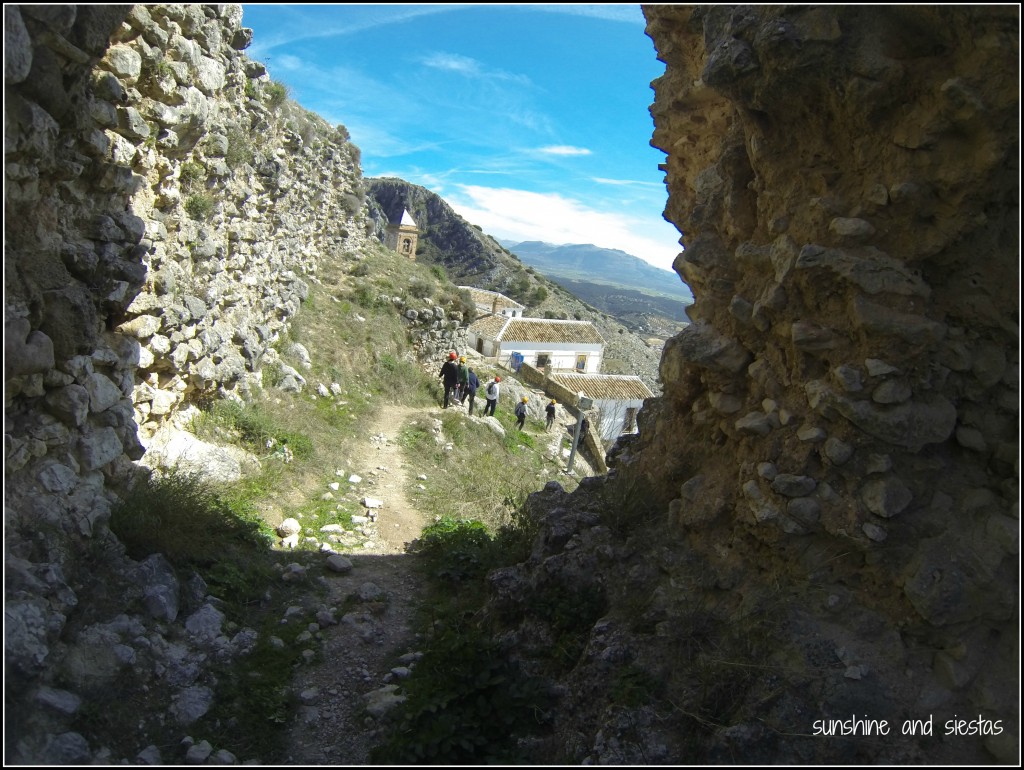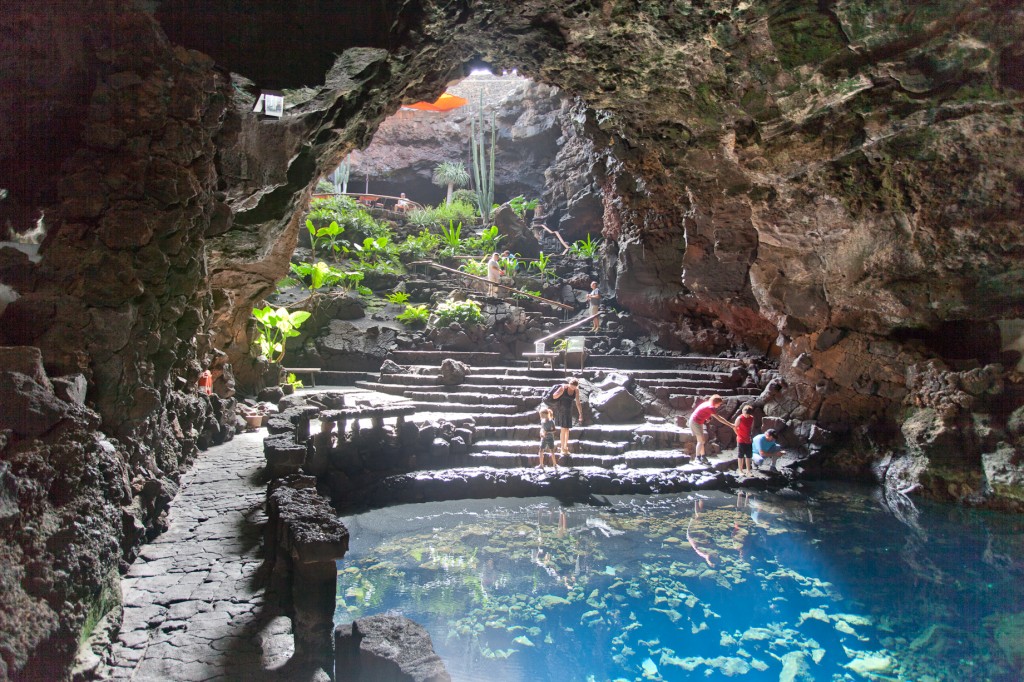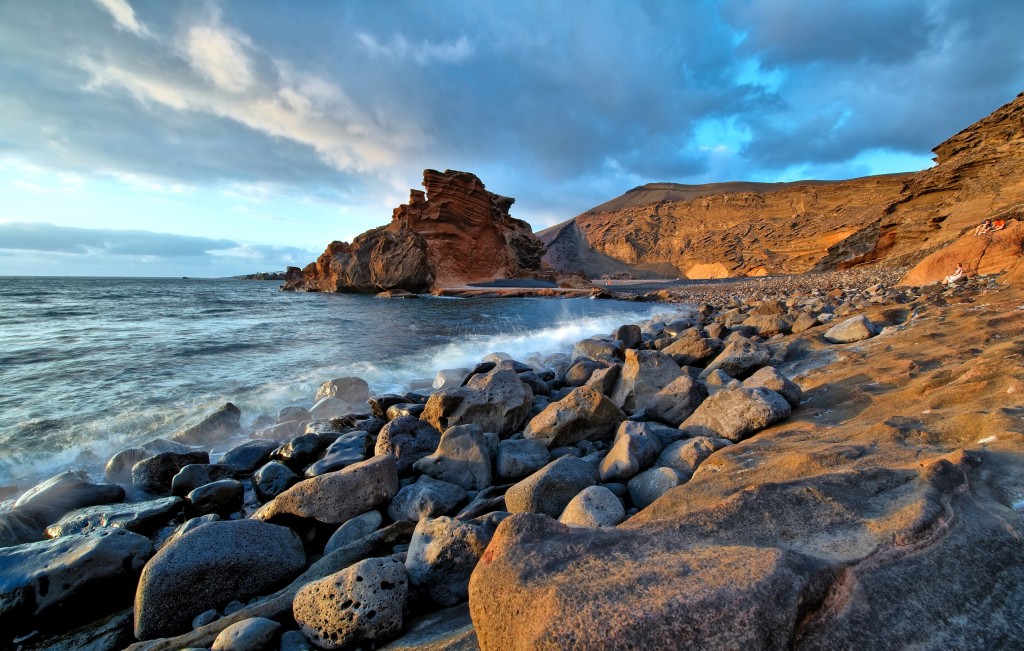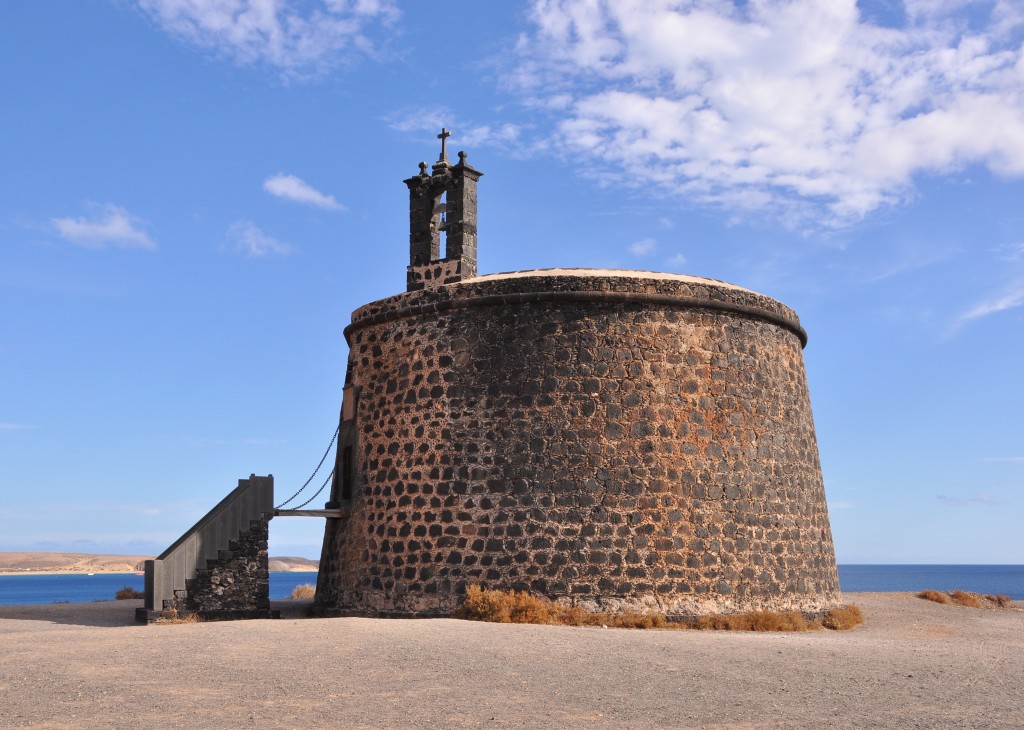Julián was good at exaggerating and making up words. “My town, it is the most fantastical of all the towns of Huelva, simply the bestest.”
Julián and I parted ways long ago, but his stake that Minas de Ríotinto was the most fantastically bestest towns in Spain didn’t fall on silent ears. With a claim like that, I had to make a visit.
So off I set towards Ríotinto on a particularly warm November afternoon after meeting my friend halfway along the Doñana Trail. Windows down and Guns & Roses blasting, I drove north into the Sierra de Huelva via Bollullos. All signs – the brown roadside signs, that is – pointed me in the right direction.
But I never made it. Just as roundabout sculptures went from stone monoliths to oxidized mining equipment, my GPS told me to make a 180 degree turn around a roundabout and head back to where I’d come from. Sixty minutes later, I was back in Bollullos, seeing just a trickle of the red river.
Turns out that Google Maps categorized Ríotinto as both a village and protected natural area. So, really I ended up where I had intended to go, but learned a lesson: Don’t rely on Google Maps when there are directions on the website.
Resolute to visit another day, it took me until May to find a weekend to print out directions and go. I grabbed Kelly and my sunscreen and decided to enter via Castillo de las Guardas in the north rather than risk a faulty GPS and lack of roadsigns (and to avoid the beach-going crowd on the A-49).
As soon as we’d turned onto the N-476, we scoured the twisty highway for the next sign of civilization. Though the hills have been excavated for copper, silver and gold for more than five millennia, the whole region is sparsely populated. As soon as I saw a sizable town, we ignored signs and I pulled off. Instinctively, we found the church and assumed the tourism office would be there. Our GPS said we were in the neighboring town of Nerva.
Lesson learned: do rely on Google Maps when you know you’ve punched in the correct destination.
Around 2pm we arrived in the actual town of Minas de Ríotinto, a town whose number swelled when the Spanish government reopened the mines in the early 18th Century. Kelly asked me what there was to do, and I had to admit that I’d only looked for a place to eat and had paid little attention to the attractions.
Like many websites in Spain, I found the Foundation’s website poorly put together and confusing – both in English and Spanish. So, I decided to just show up. In retrospect, I shouldn’t have ignored the website or simply have made a phone call.
After the mines reopened in 1724 and later came under the control of a multinational company called Río Tinto, Limited. Hundreds of Brits flocked to the busy mines for work in the 1870s, bringing with them their language, food culture, Victorian decoration and even football – el Recreativo de Huelva, a second division team, is descended from the club formed at Ríotinto.
The company grew to be the largest mining company worldwide, though their exploitation of the mines in heir namesake town had all but finished by 1925. The mines ceased exploitation in 2001.
We arrived at the Visitor’s Center, housed in the old mining hospital and current mining museum, around 1:50pm. We were surprised to find it still open when most people would be having a leisurely lunch. The museum monitor told me that there were four big ticket options in town: the museum, a replica of a Victorian House, a visit to one of the mines with a guide and a touristic train ride, but that we’d arrived too late in the day to do it all. Don’t arrive midday and expect to be able to see all of the attractions – you’re better off starting early, breaking in the middle of the day for lunch and taking the train for the grand finale.
Kelly and I, as Chicago natives, have likely visited the Museum of Science and Industry and its mining exhibit a dozen times each, but we knew next to nothing about mining or the history of Ríotinto. The museum was a definite, but we had to choose between the mines and the touristic train. I was about to flip a coin when the monitor stopped us. “Don’t skip the train ride,” he told us. “The visit to the mines is interesting but not as esteemed as riding an old steam train.”
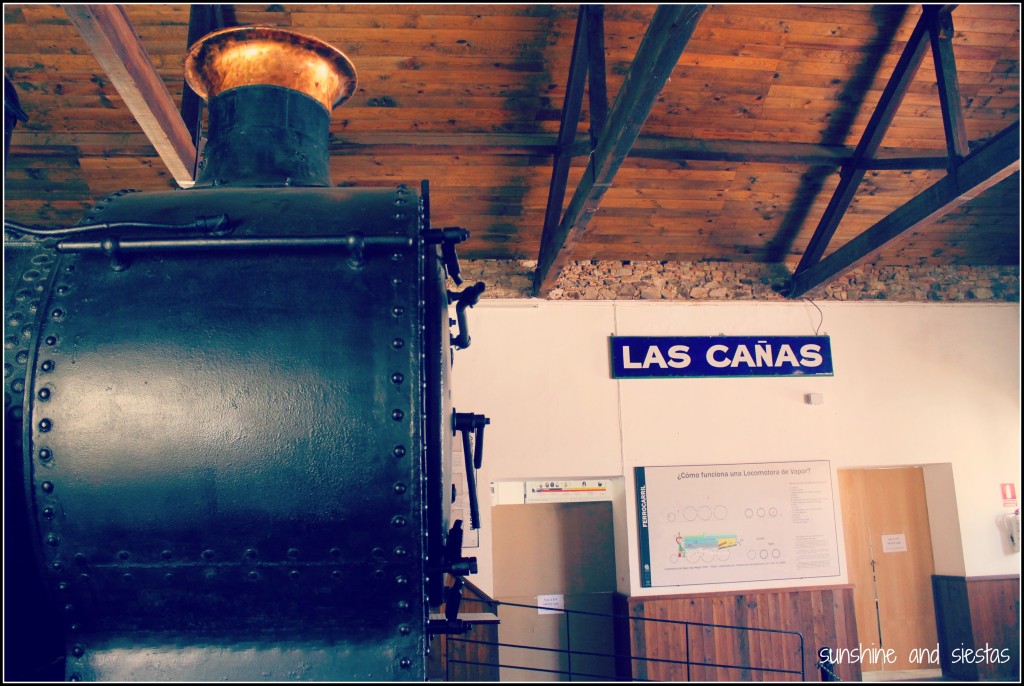
Signs all around the museum prohibited photography and videography, but having entered the museum so late we had missed the last guided tour – this meant we didn’t have to elbow past a group. They all stood baffled as they attempted to take photos on their mobile phones. If the guide wasn’t ruffled that they were deliberately breaking the rules, I certainly wasn’t going to clandestinely take out-of-focus photos on my cell. Ignore the posters.
The museum was small but traces mining activity in the area from the Roman times – complete with an underground replica of a mine – to modern day. Three trains take up residence in the old hospital alongside cancelled train tickets, RTC Ltd.-issued uniforms and excavated gemstones.
Promptly at 3pm, we were ushered out. I had seen that one of the town’s five restaurants was renown for their English take on Spanish dishes. At La Epoca, you can’t miss the menú turístico, a three-course meal served every day of the week for 9,50€. When the Riotinto Company took over the mines, they brought their traditional dishes and savory sauces: I chose an omelette of locally grown vegetables and pollo al riotinto, a battered and fried chicken breast in coronation sauce.
The scheduled departure time for the touristic train was 5pm, but don’t worry too much about being on time for the train. We left at 5:17, seated aboard train cars once used to transport passengers between the various excavation sites. The mines employed 3,000 laborers in their heyday, and the train line that joined the mines and the province capital of Huelva was traversed by more than 1,300 transport cars, used to move both men and might.
The 12 kilometer journey was slow to start, taking in the alien-like landscapes that reminded me of Teide. Definitely don’t forget your camera because the trip is scenic, if not eery with hollowed out mine cars, abandoned equipment and tracks that lead to nowhere.
El Río Tinto is so-called for its crimson color – it literally looks like red wine – and believed to have a chemical component that is heavy in metals and iron. While no animal or fish life can be traced, bacteria thrives. In fact, NASA studied the chemistry of the water and concluded that Río Tinto is the place on Earth that most resembles samples taken from Mars.
Don’t be afraid to touch the water or bottle some up as a souvenir – though the water will stain your clothes, it won’t do any harm to your skin. And if you do get off the train, don’t expect to call samesies on your seat – all of the Spanish abuelos will have changed spots, looking bored and fanning themselves before the train pulls away.
After so many years of living in Seville, I’d seemingly done all of the day trips. The mines and museums of Riotinto stayed off my list for years, so if you have a car and a free day, don’t miss it.
If you go: Minas de Riotinto is located 90 kilometers from Sevilla. The museum, Victorian House, mine visit and touristic train are open daily except for New Year’s, the Epiphany and Christmas Day. Plan to spend a day and around 20€ for the whole visit. Follow my advice and check the website for opening times.
I visited Ríotinto as part of the Typical NonSpanish Project, meant to show a different side of Spain and power by Caser Expat. All opinions, text and photo are my own.
Have you ever been to Ríotinto or had an unplanned day turn out to be awesome?
